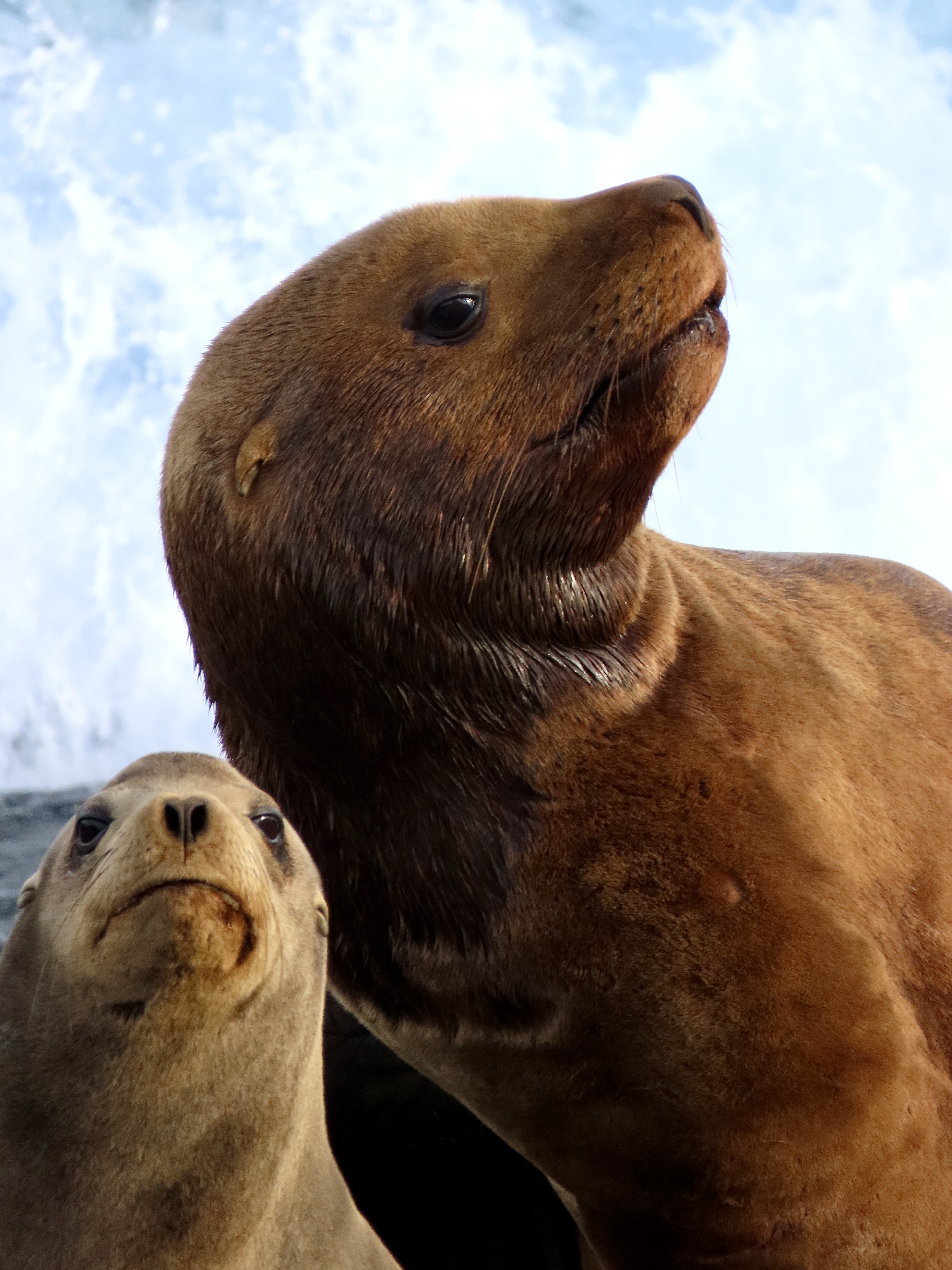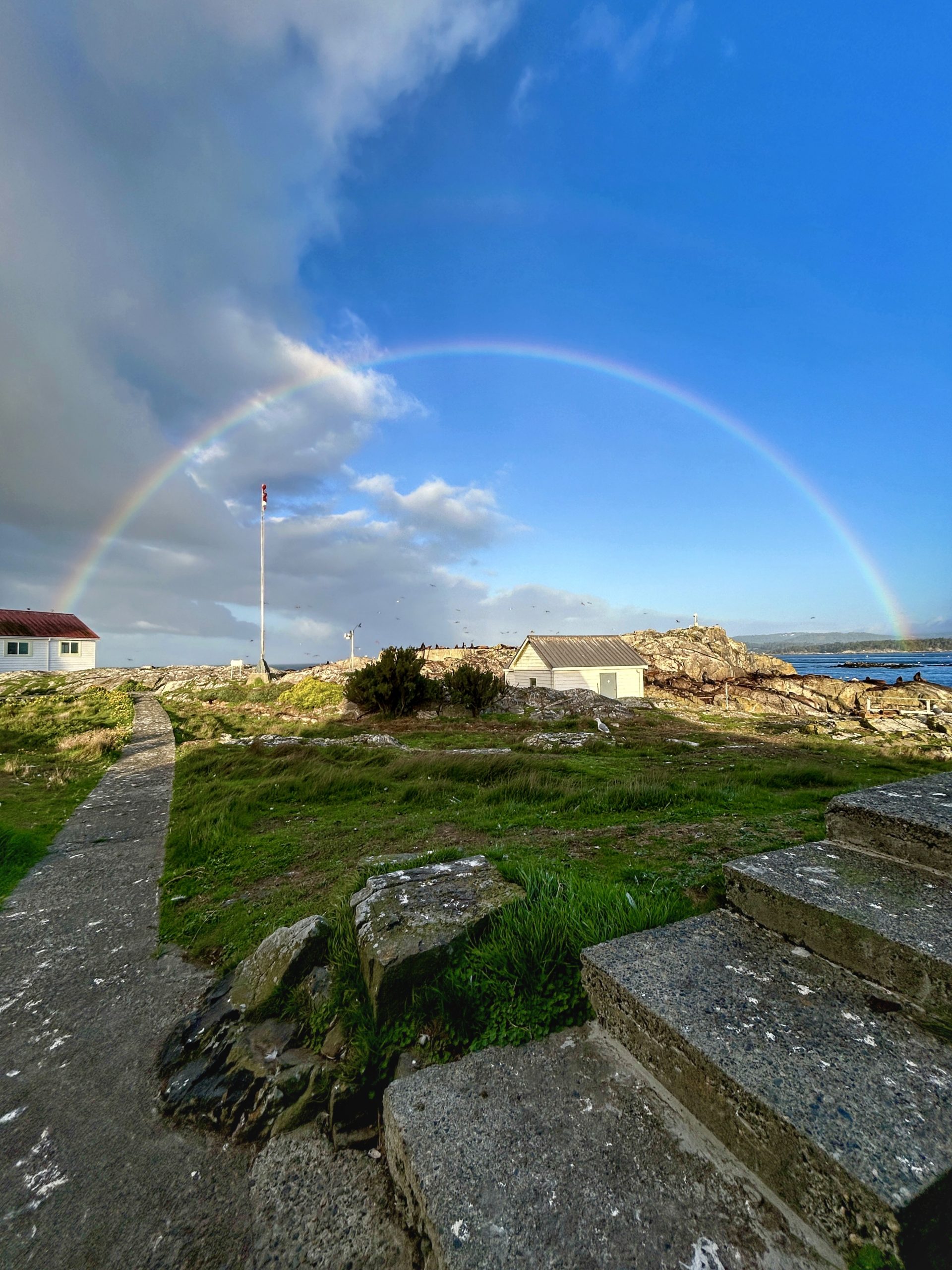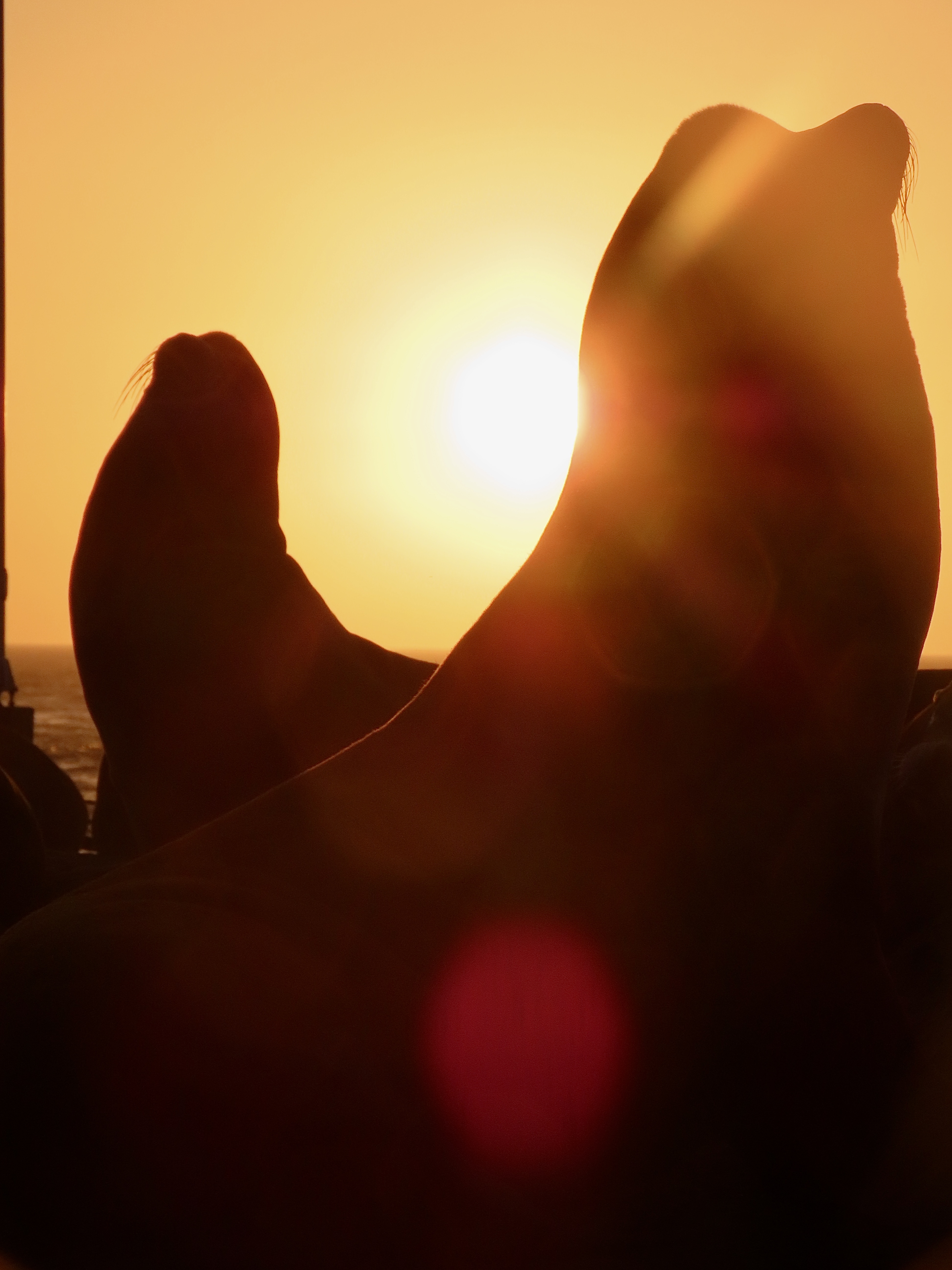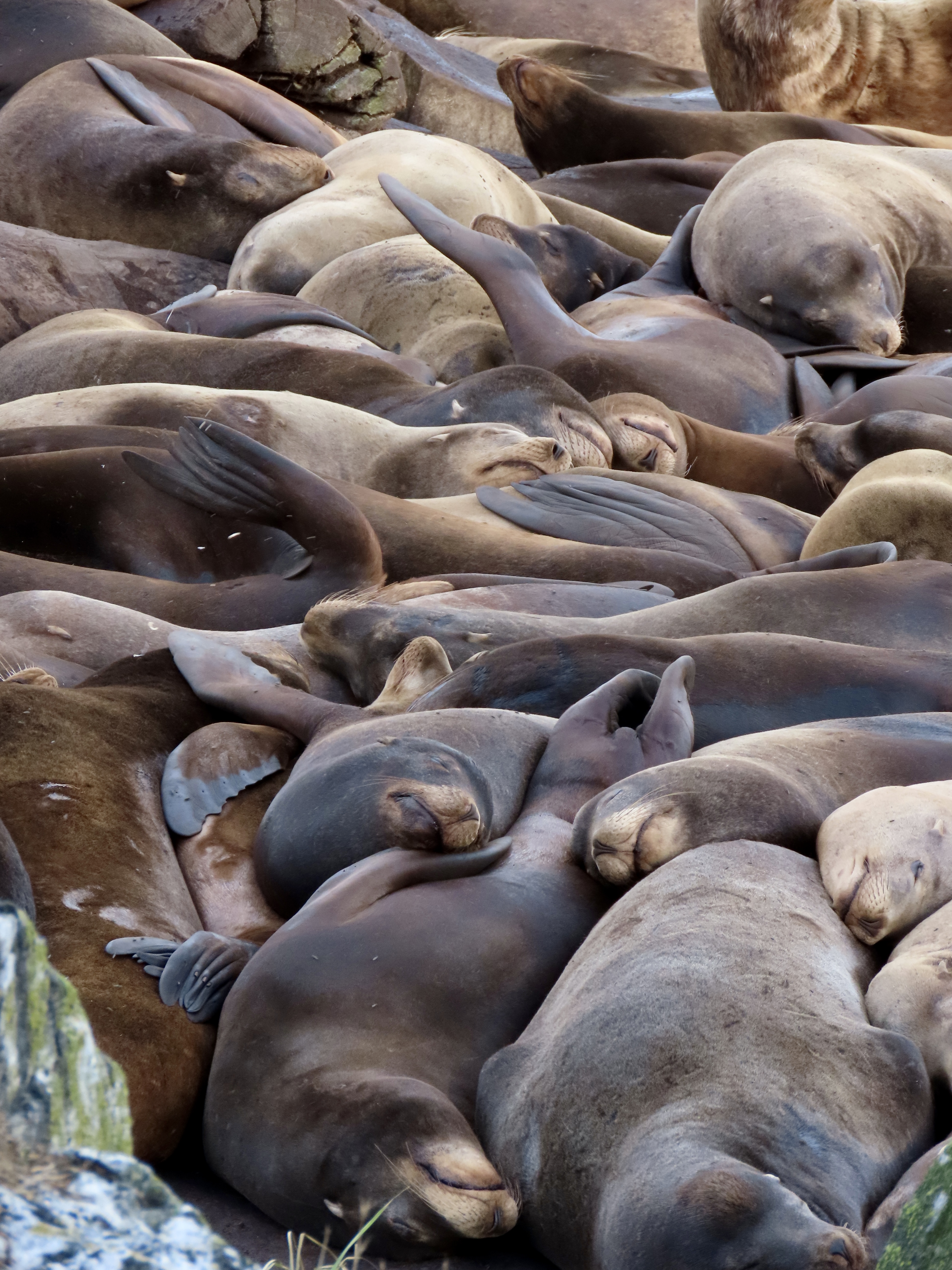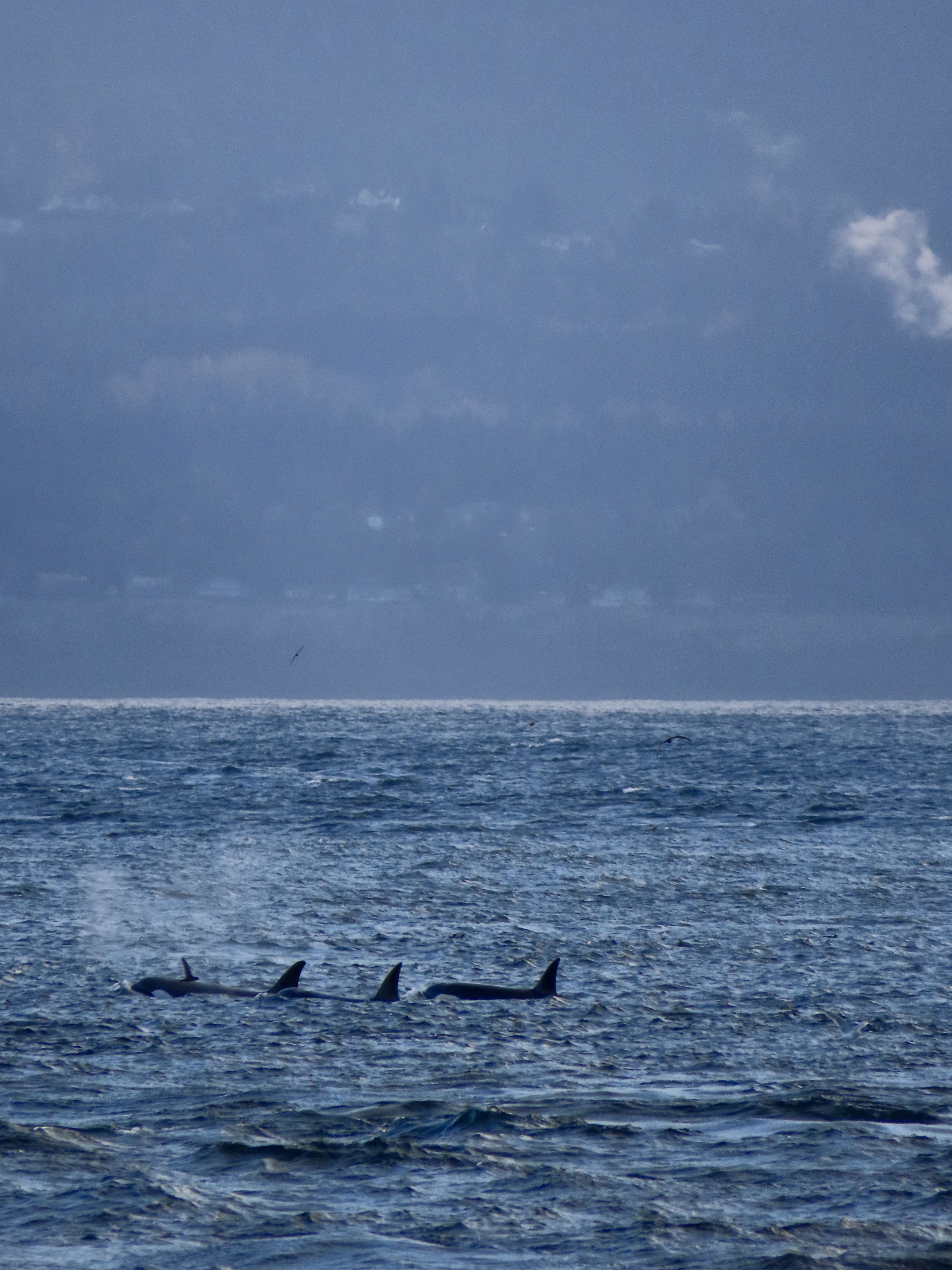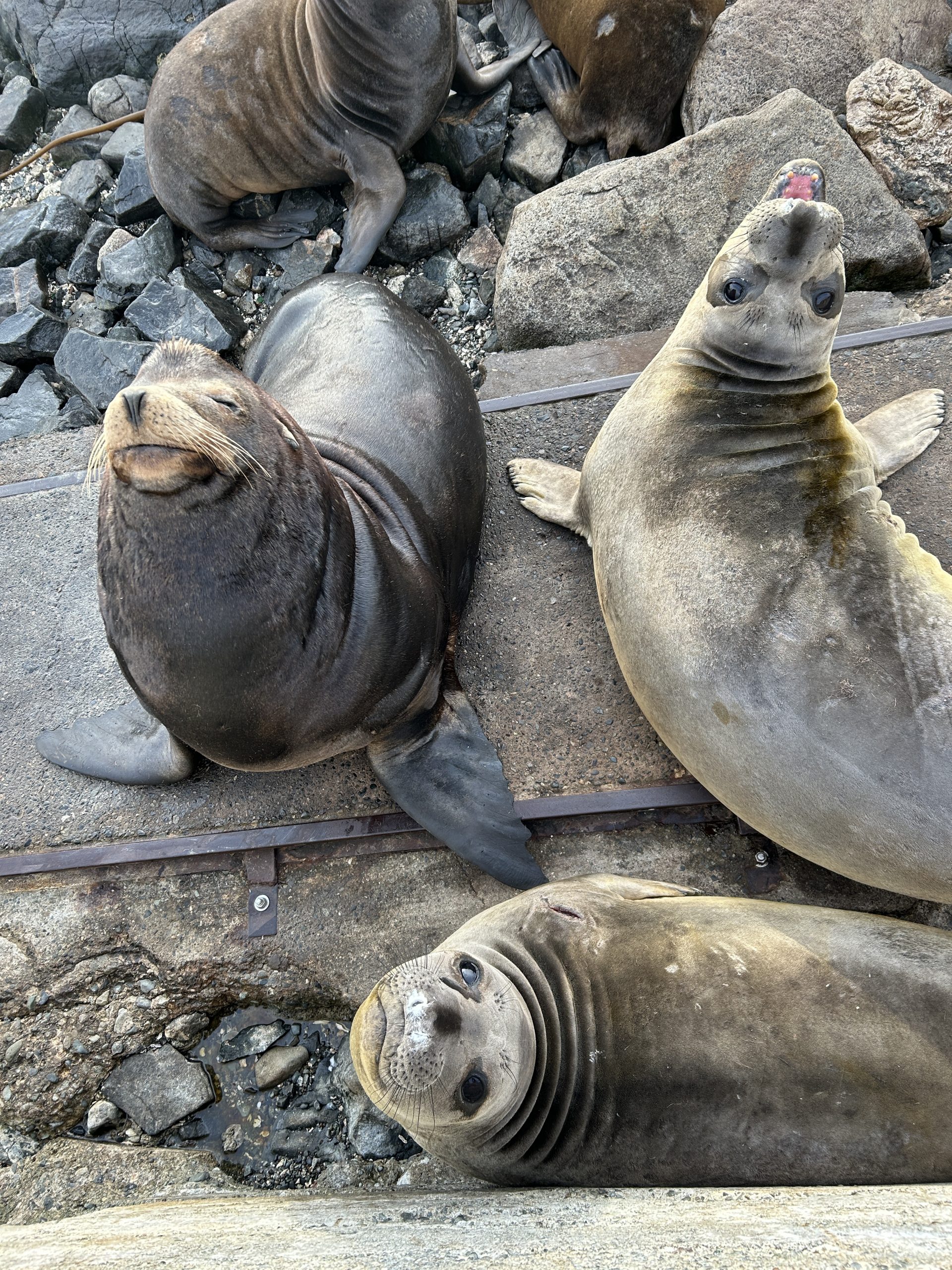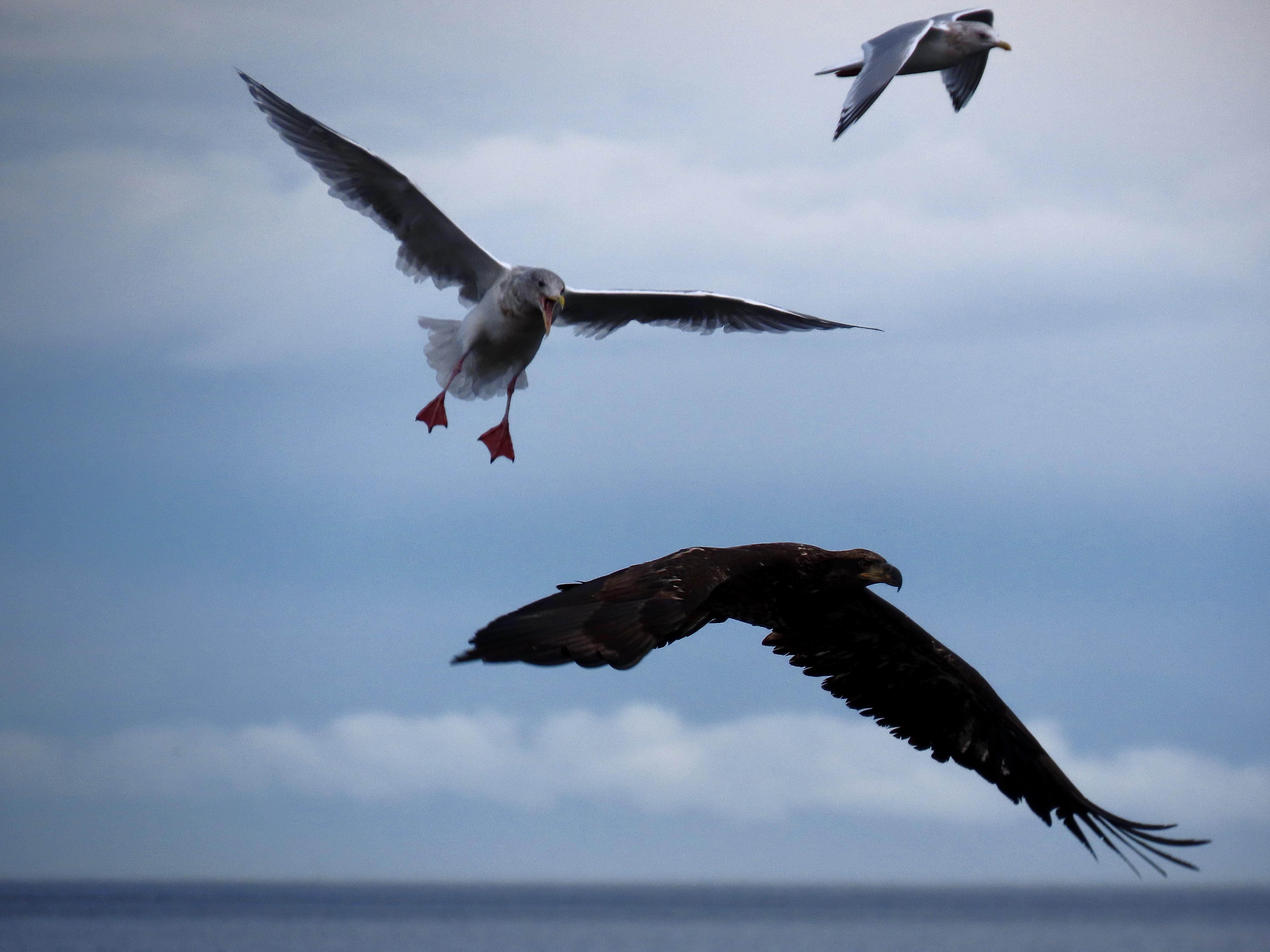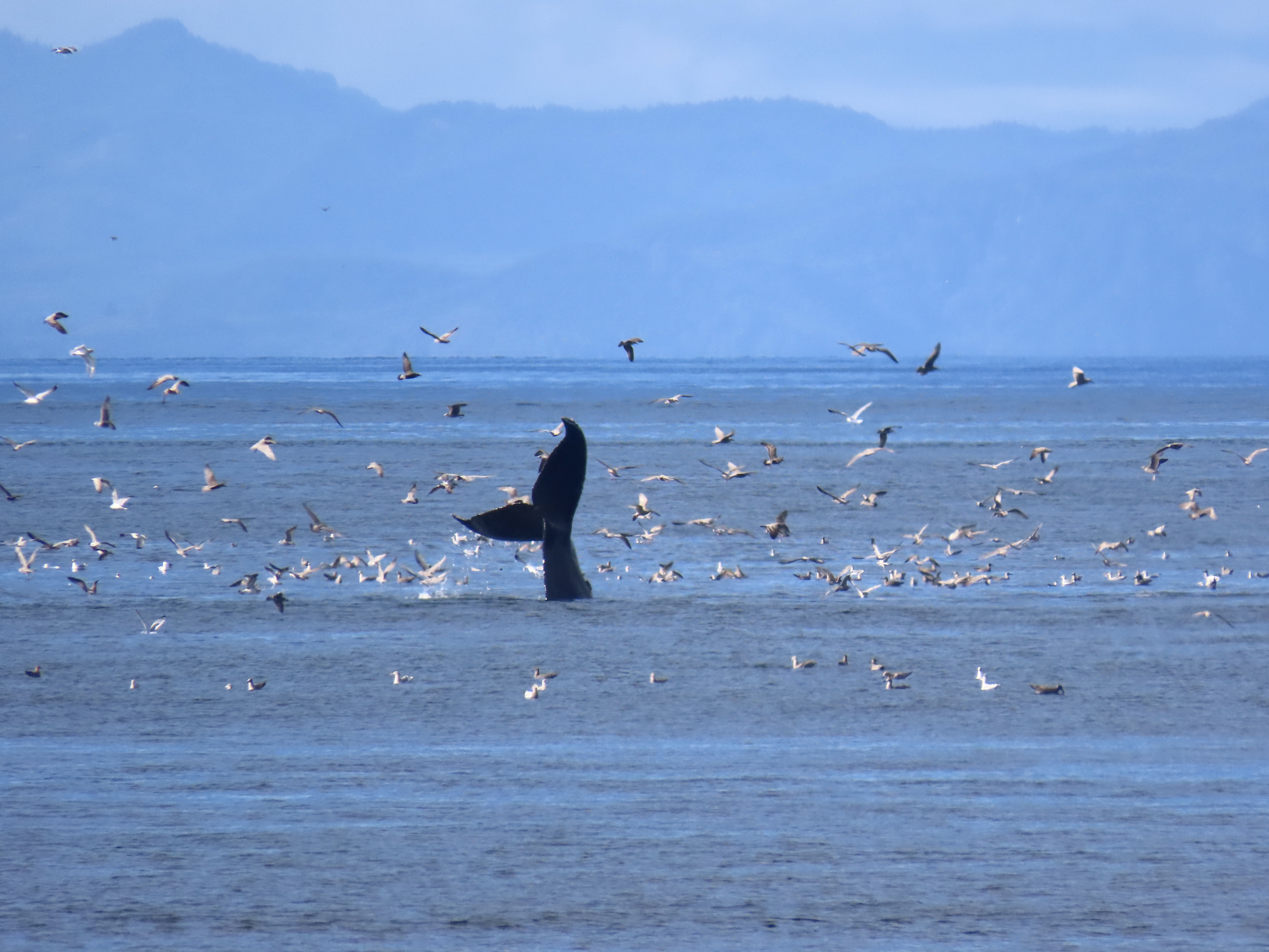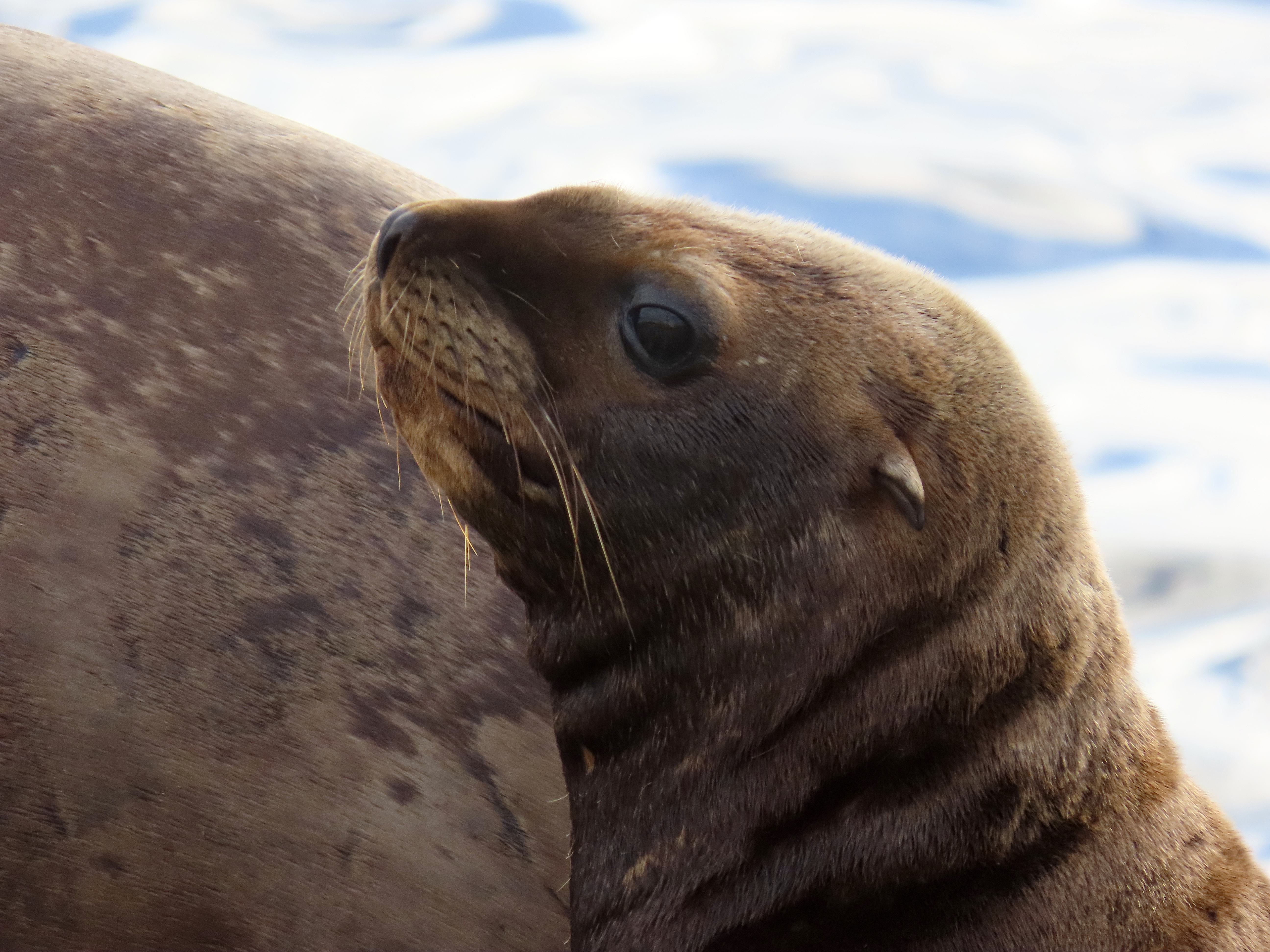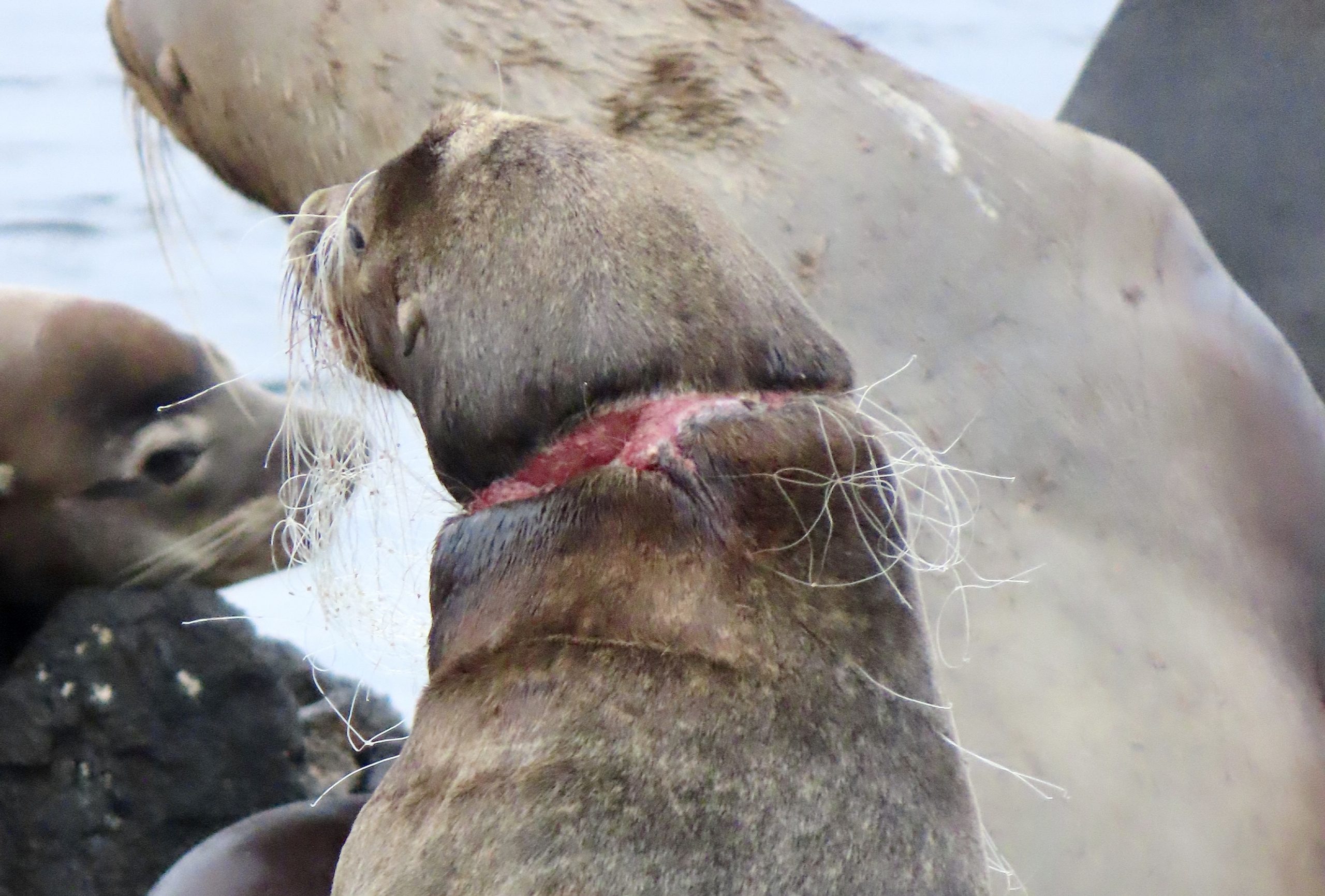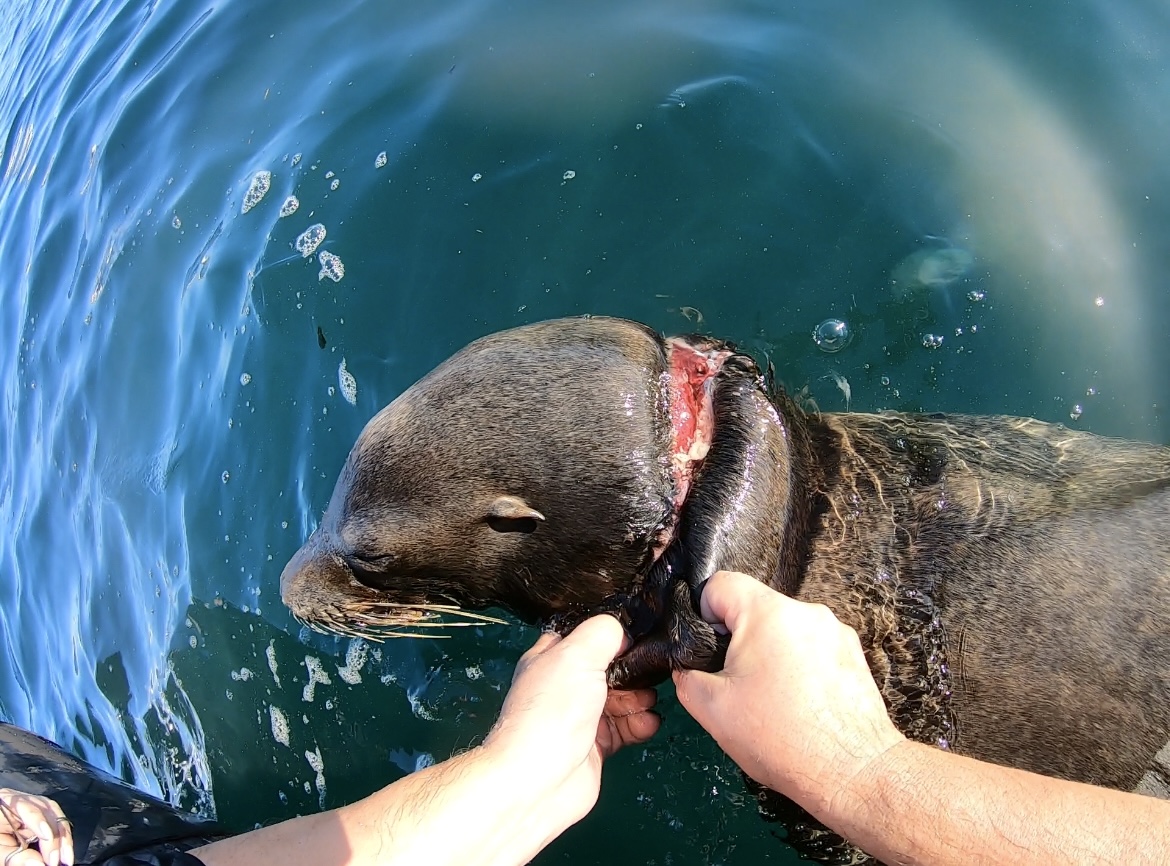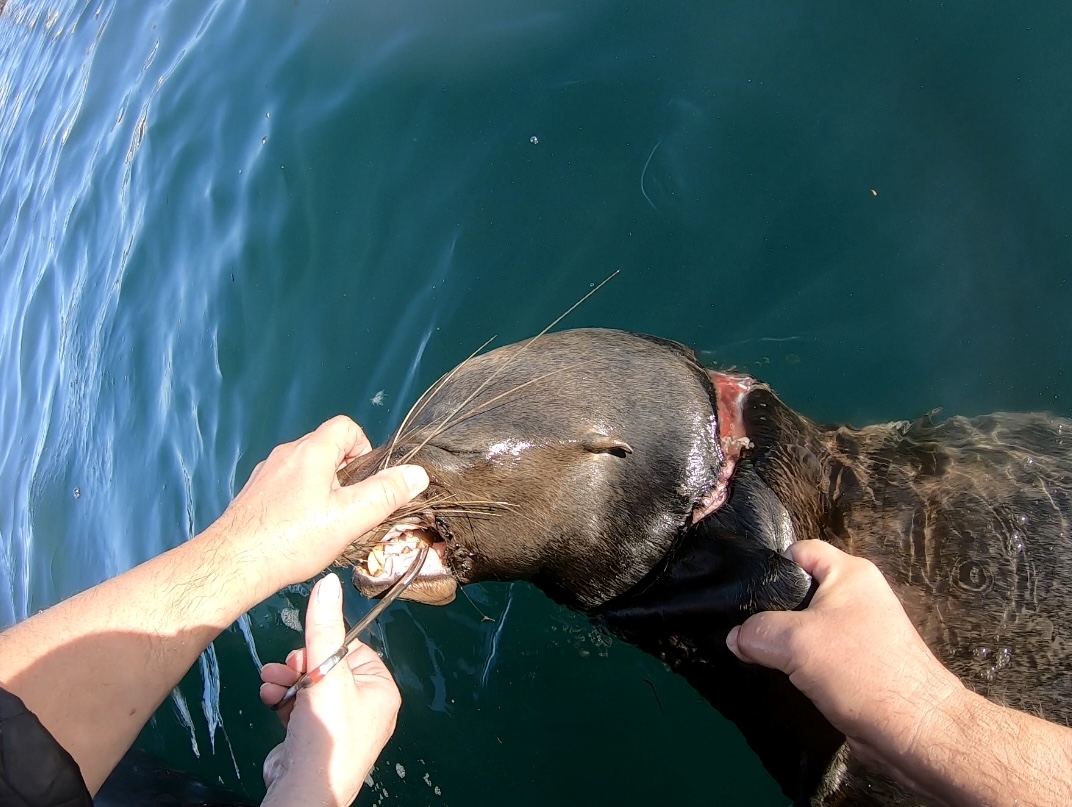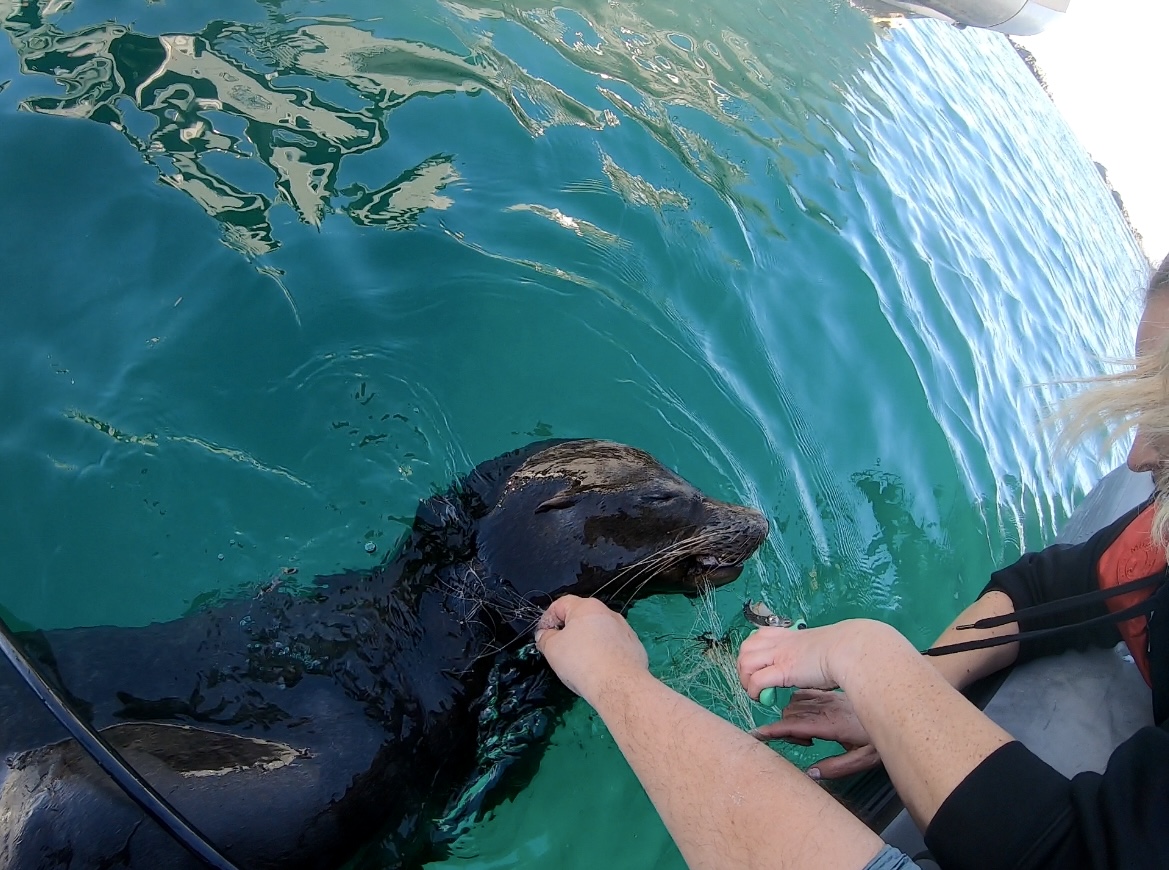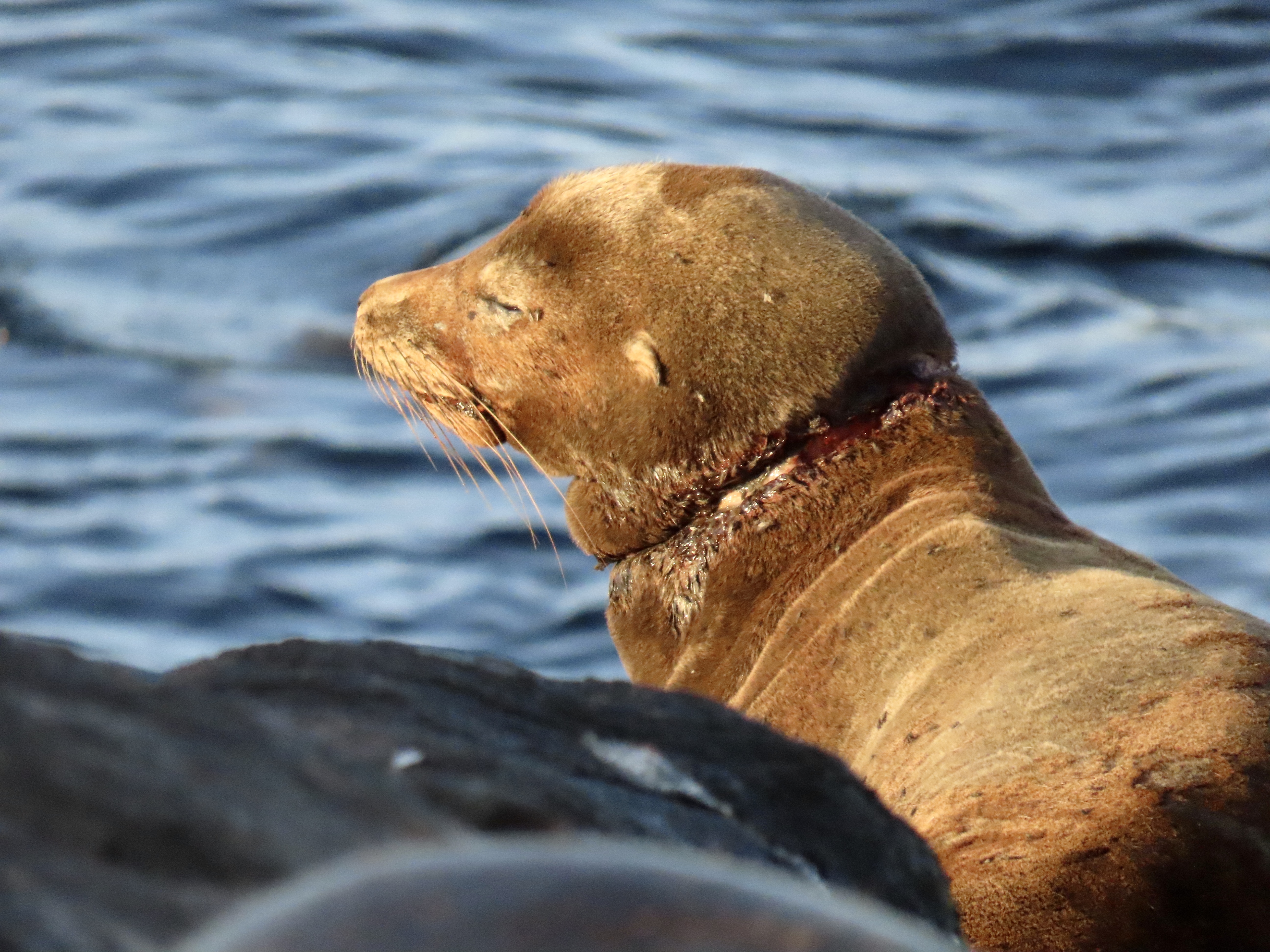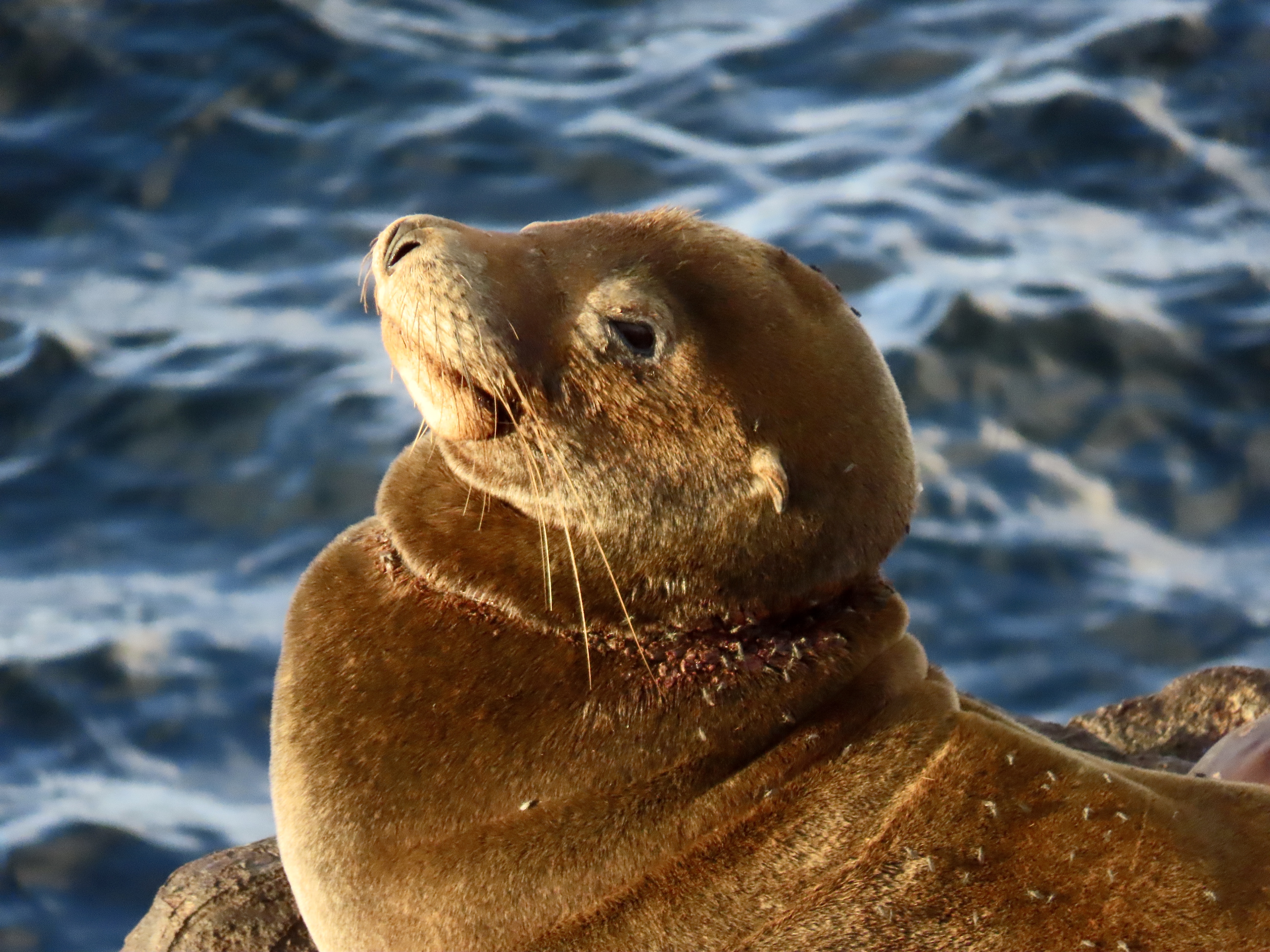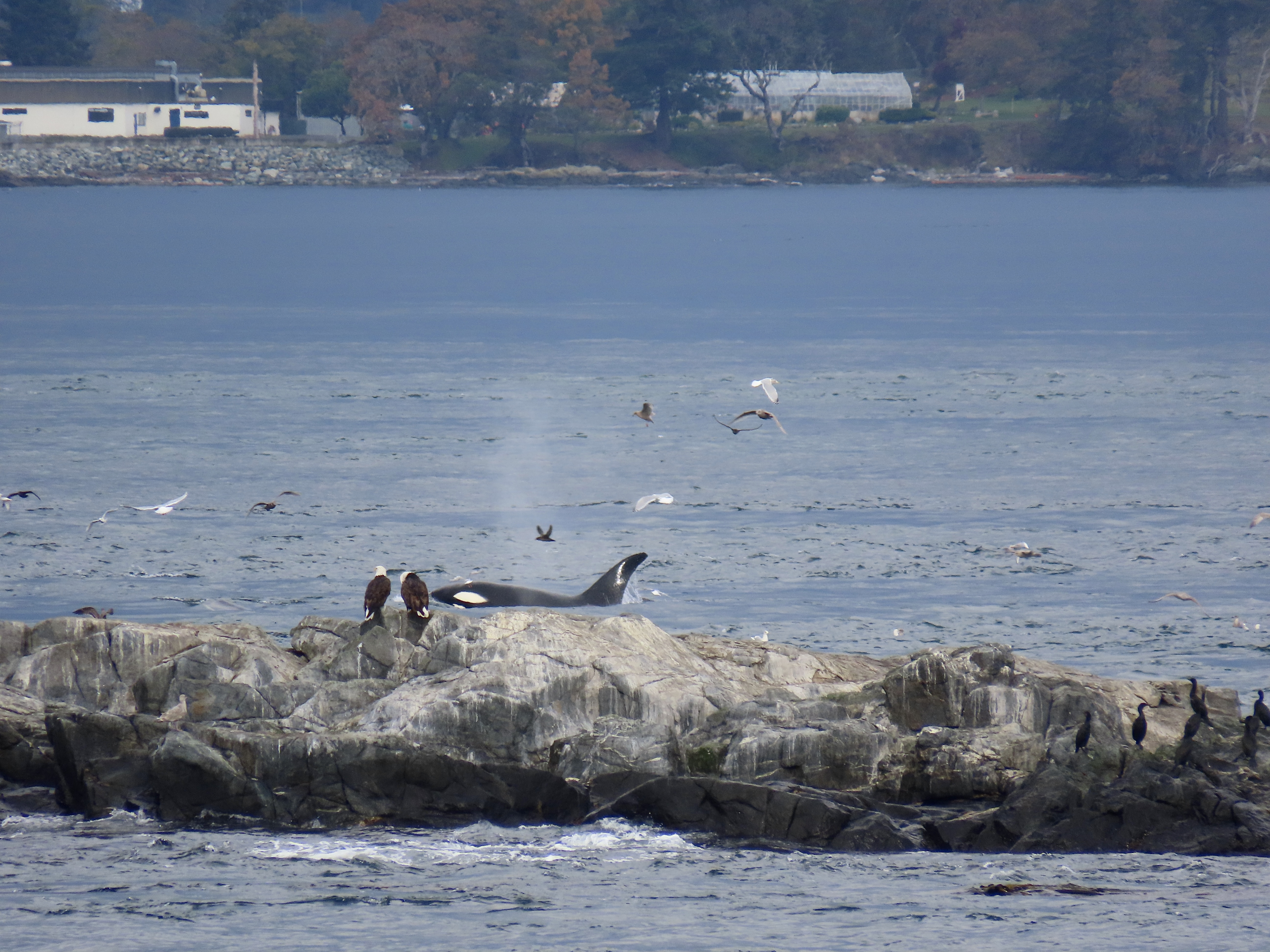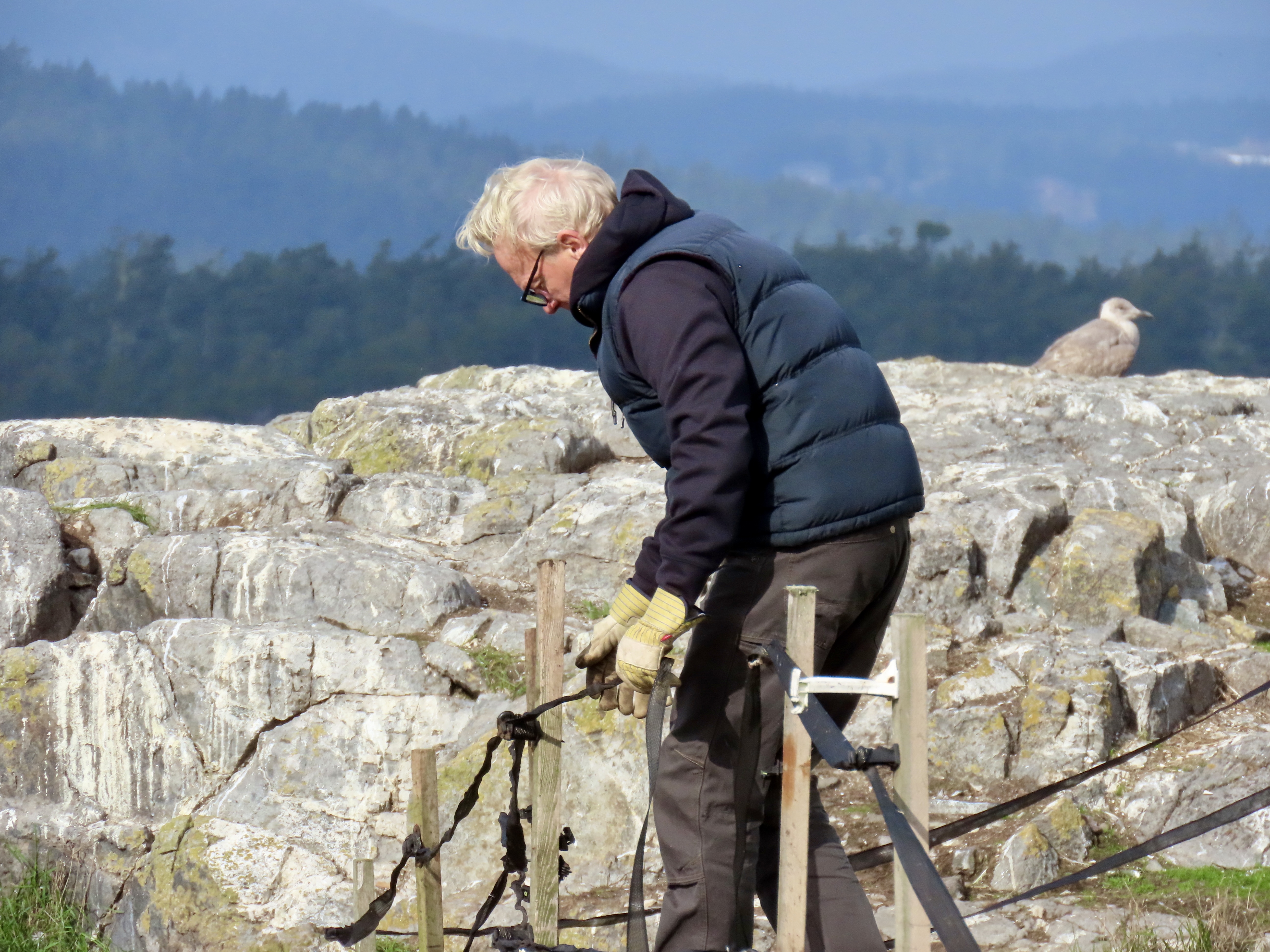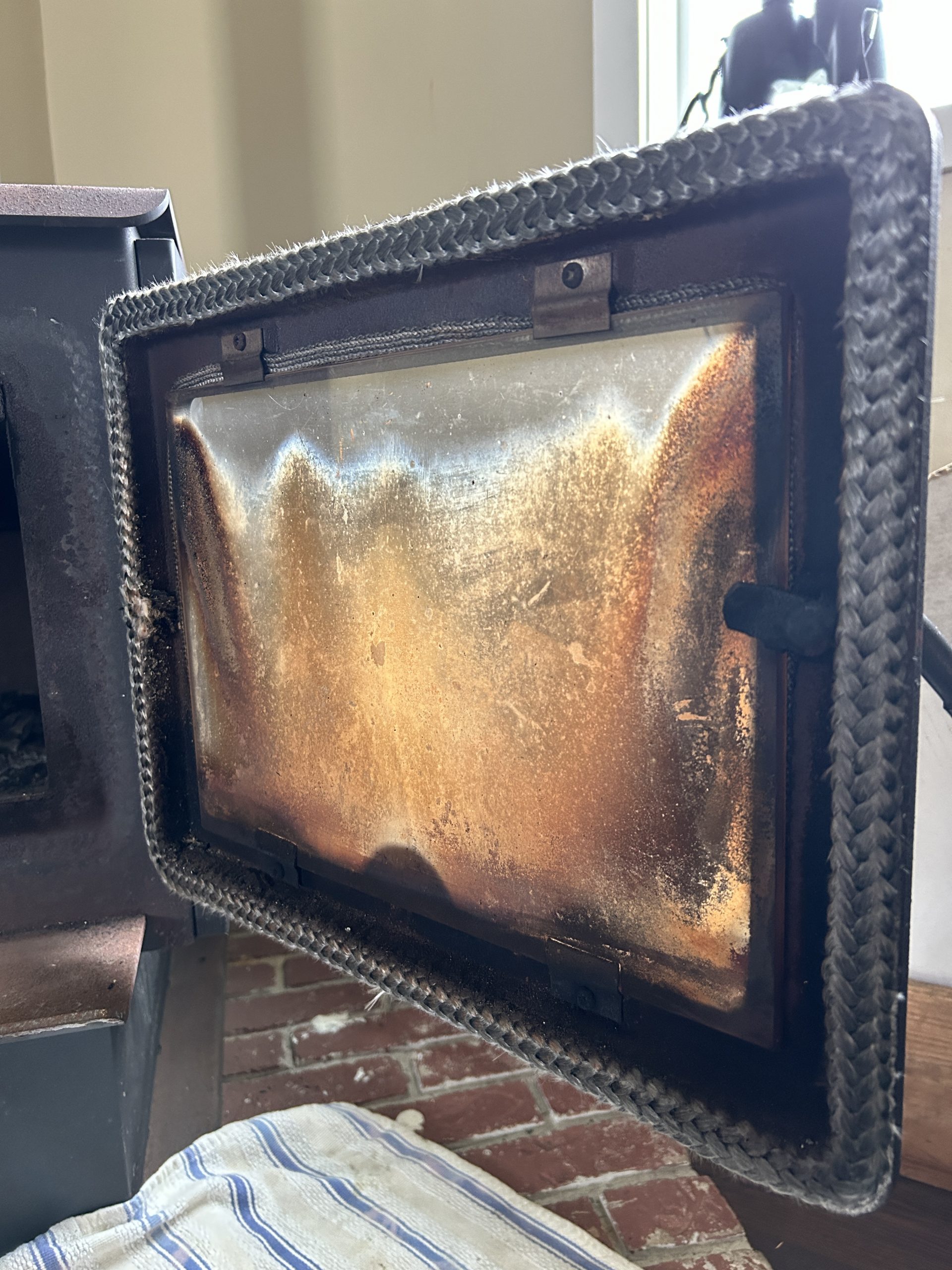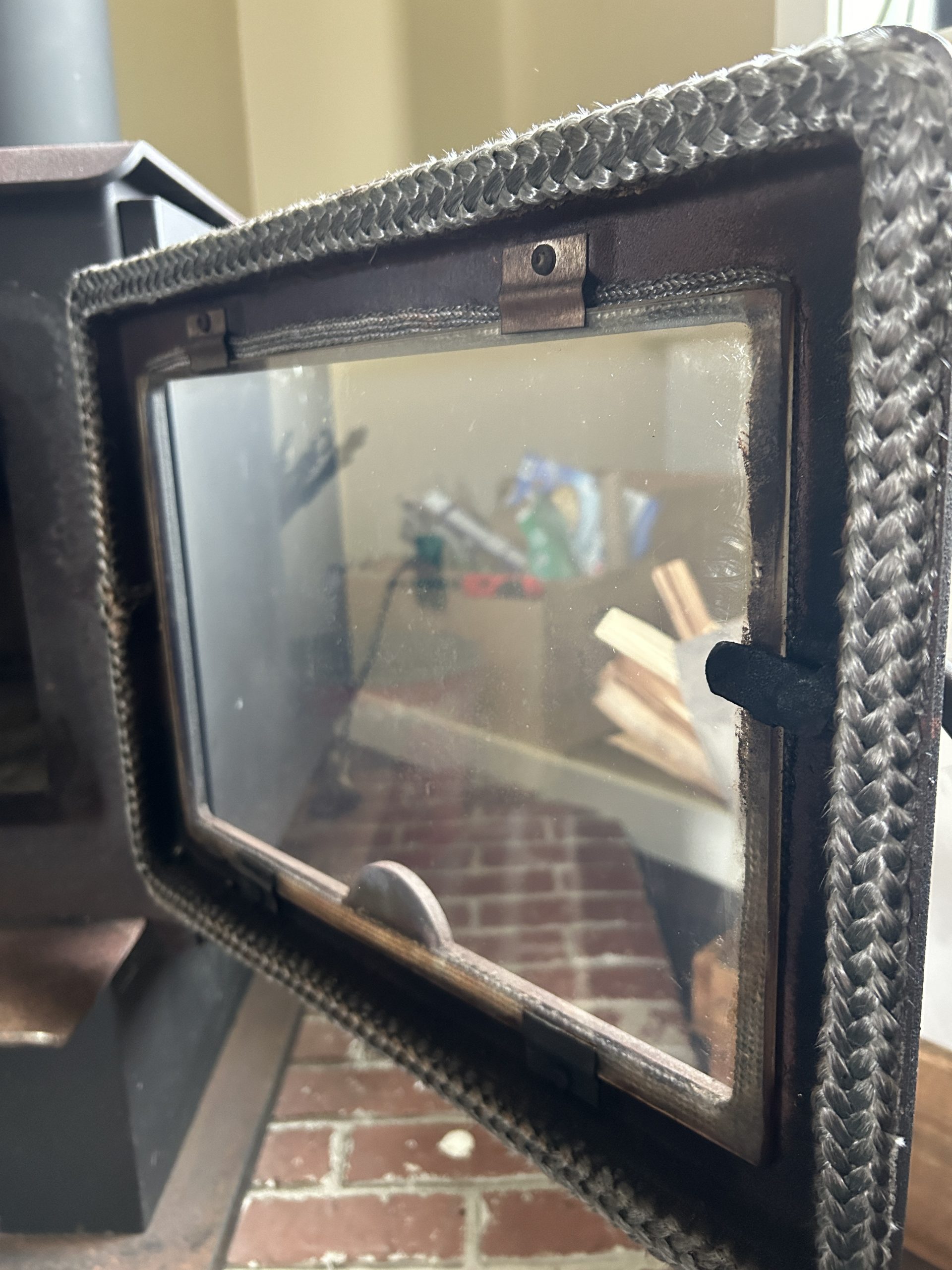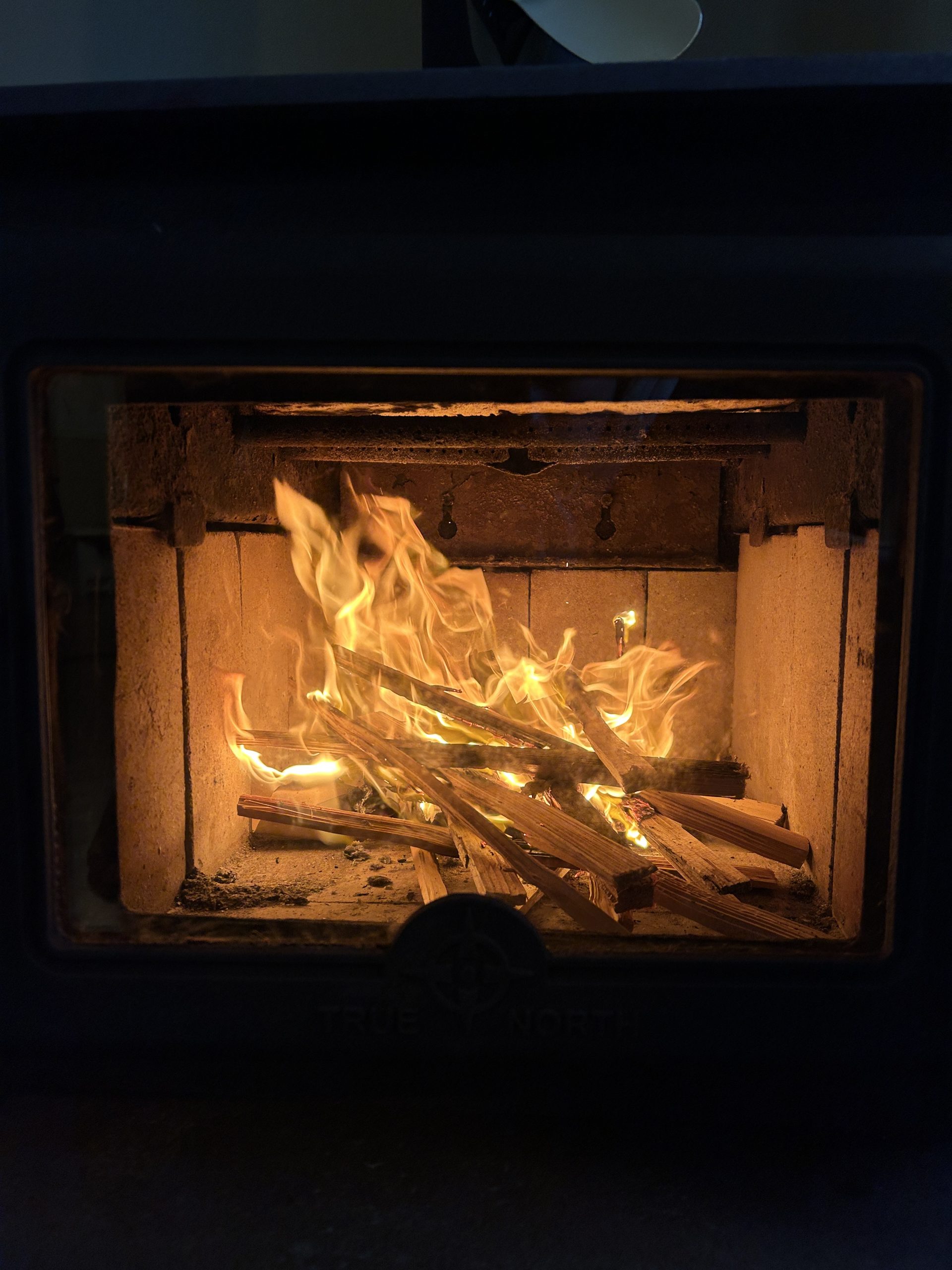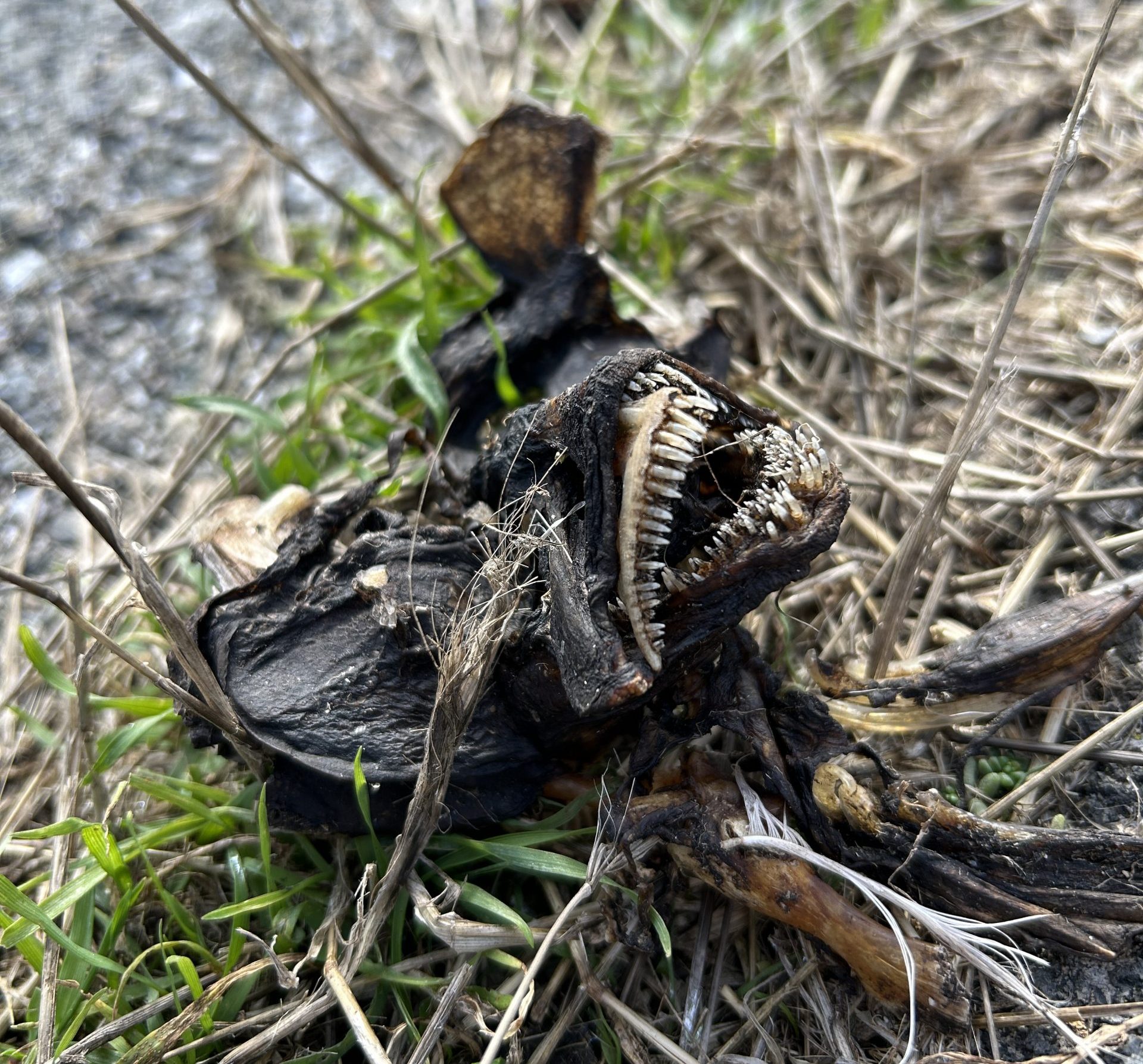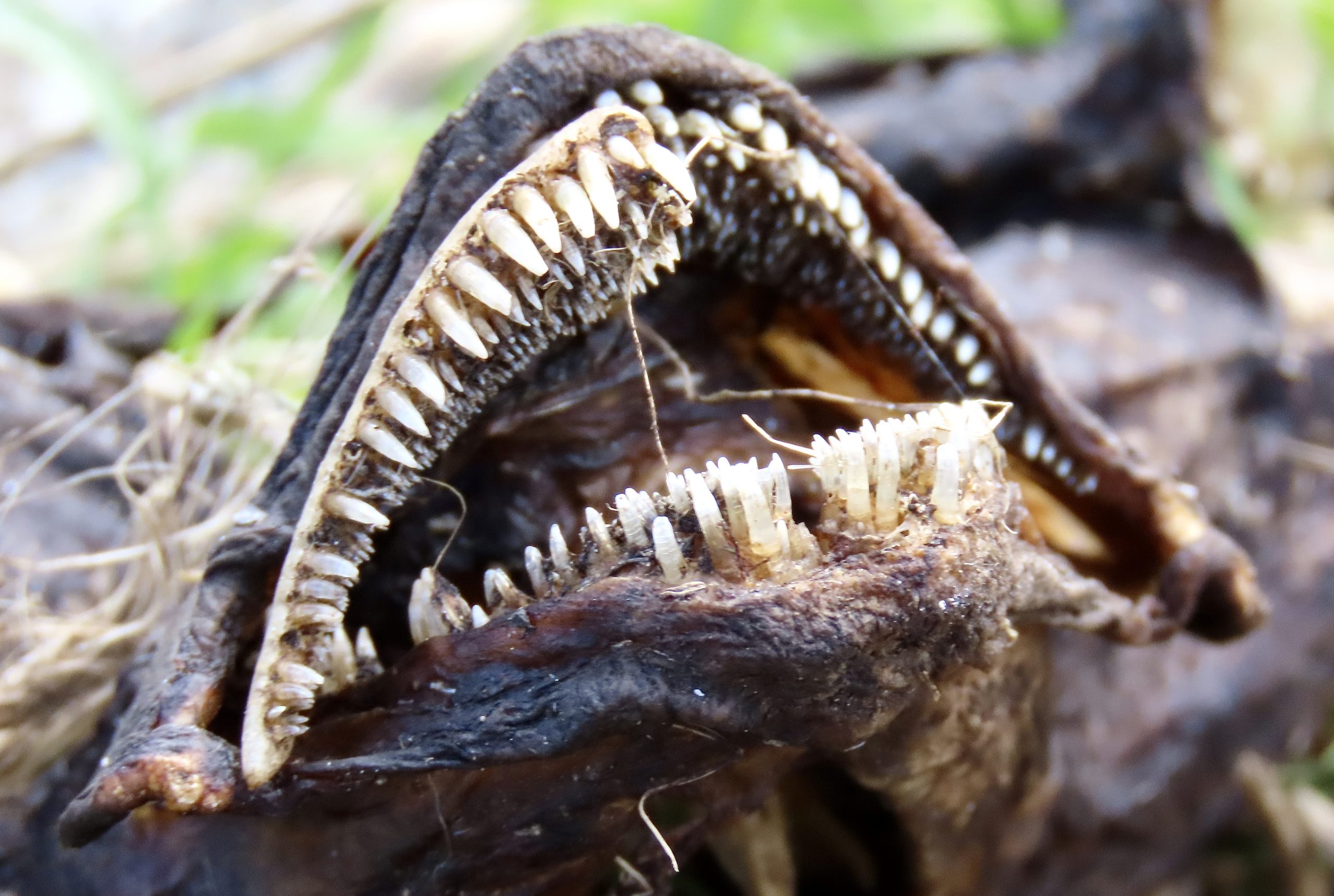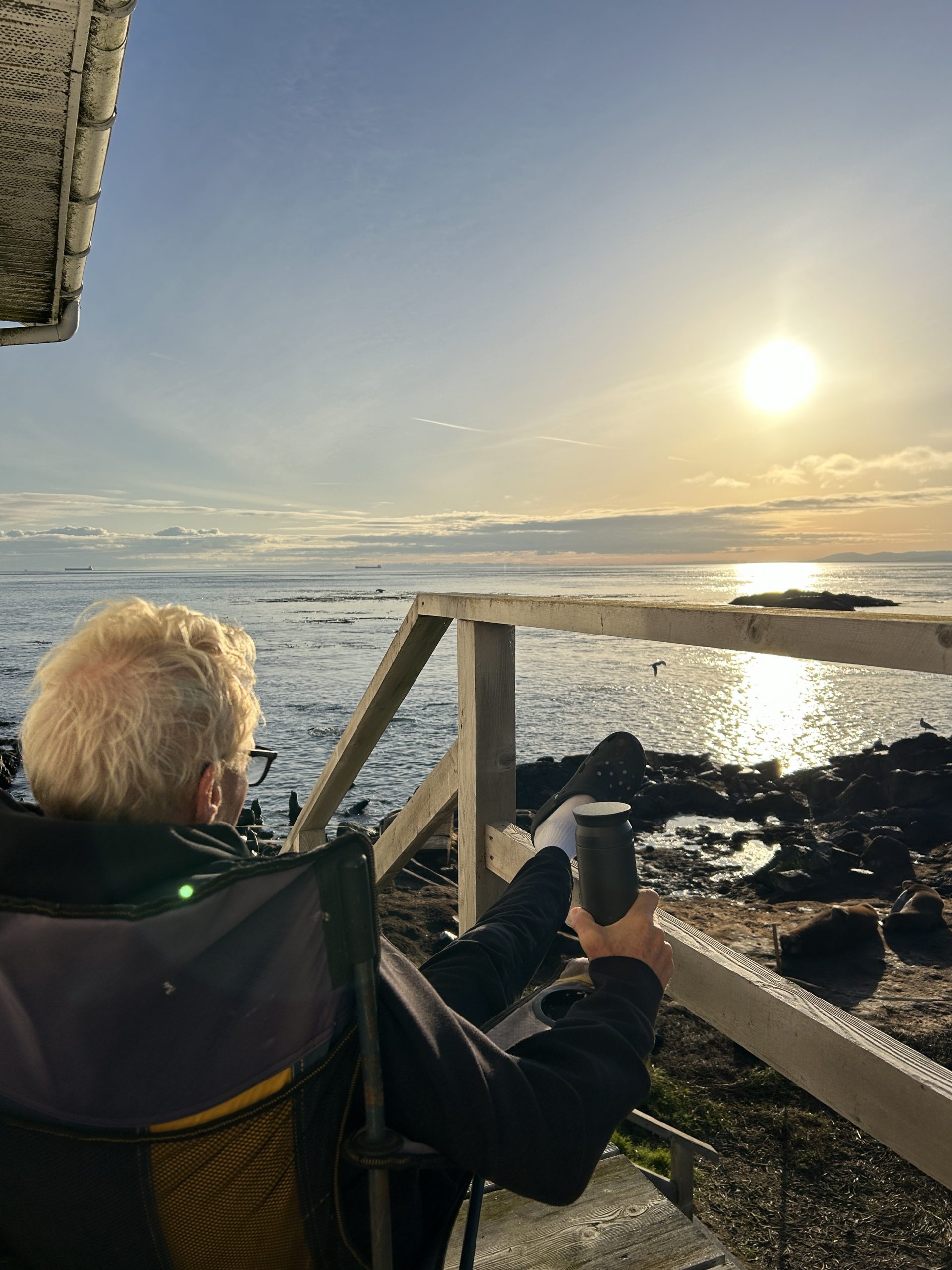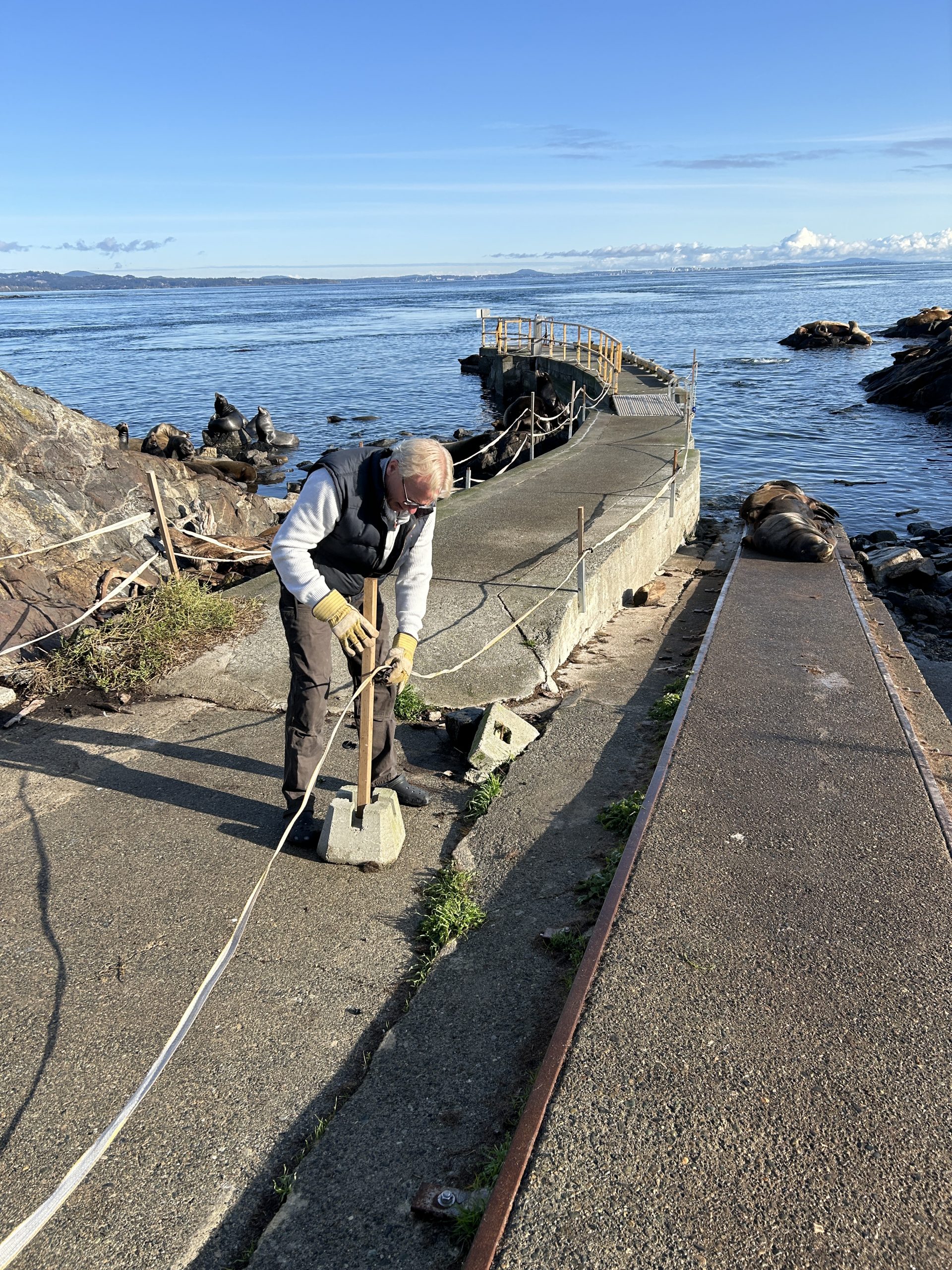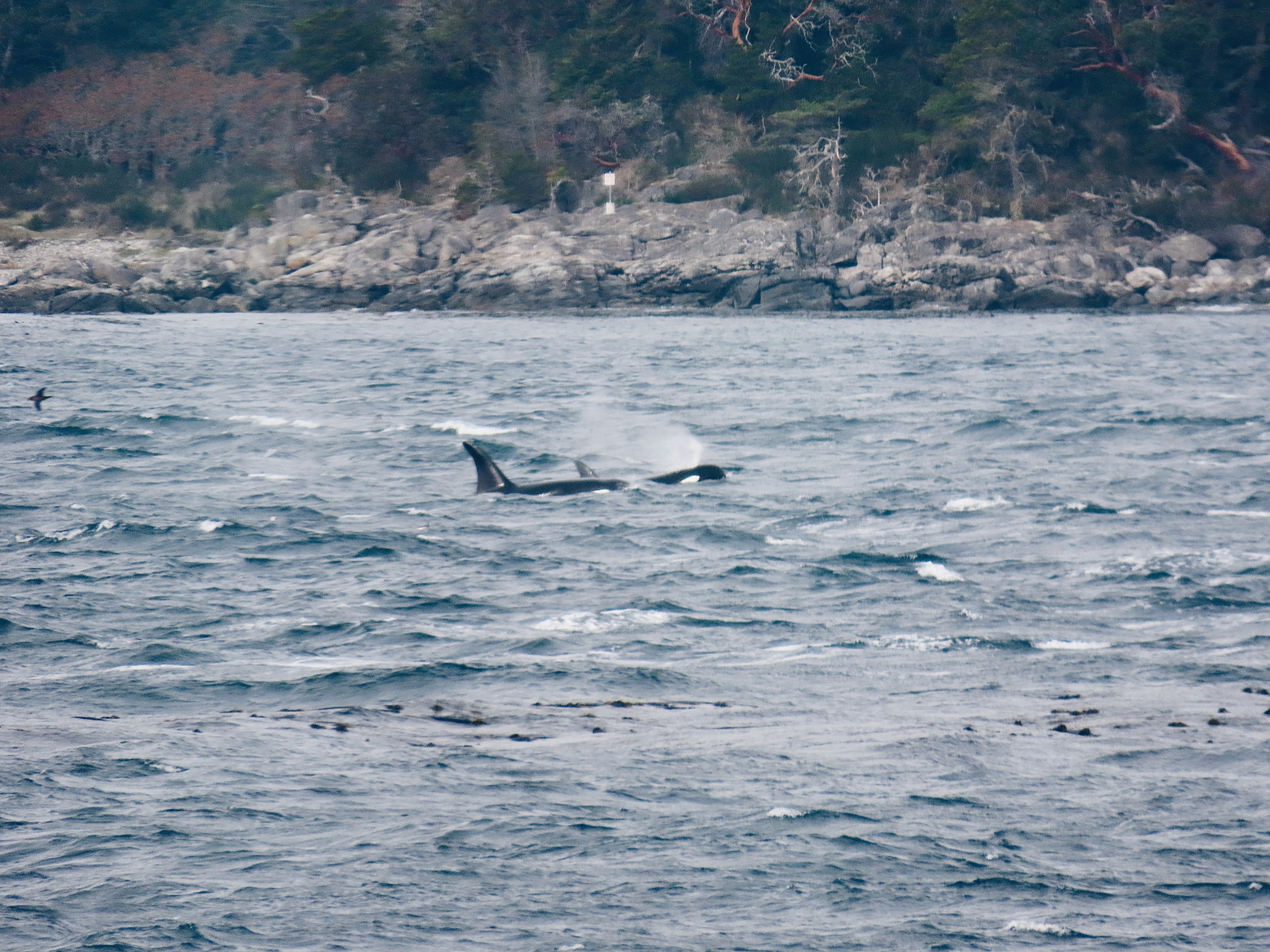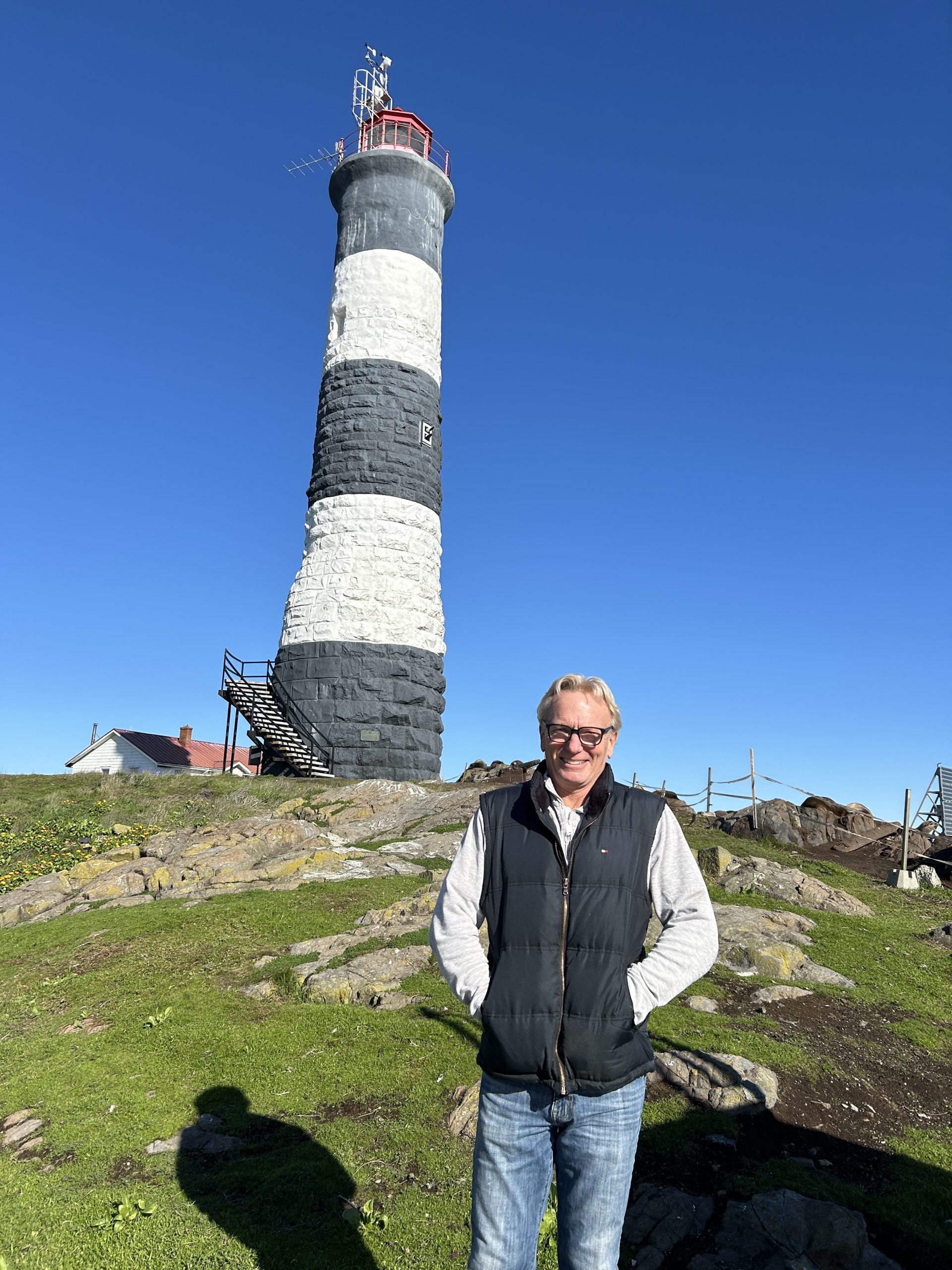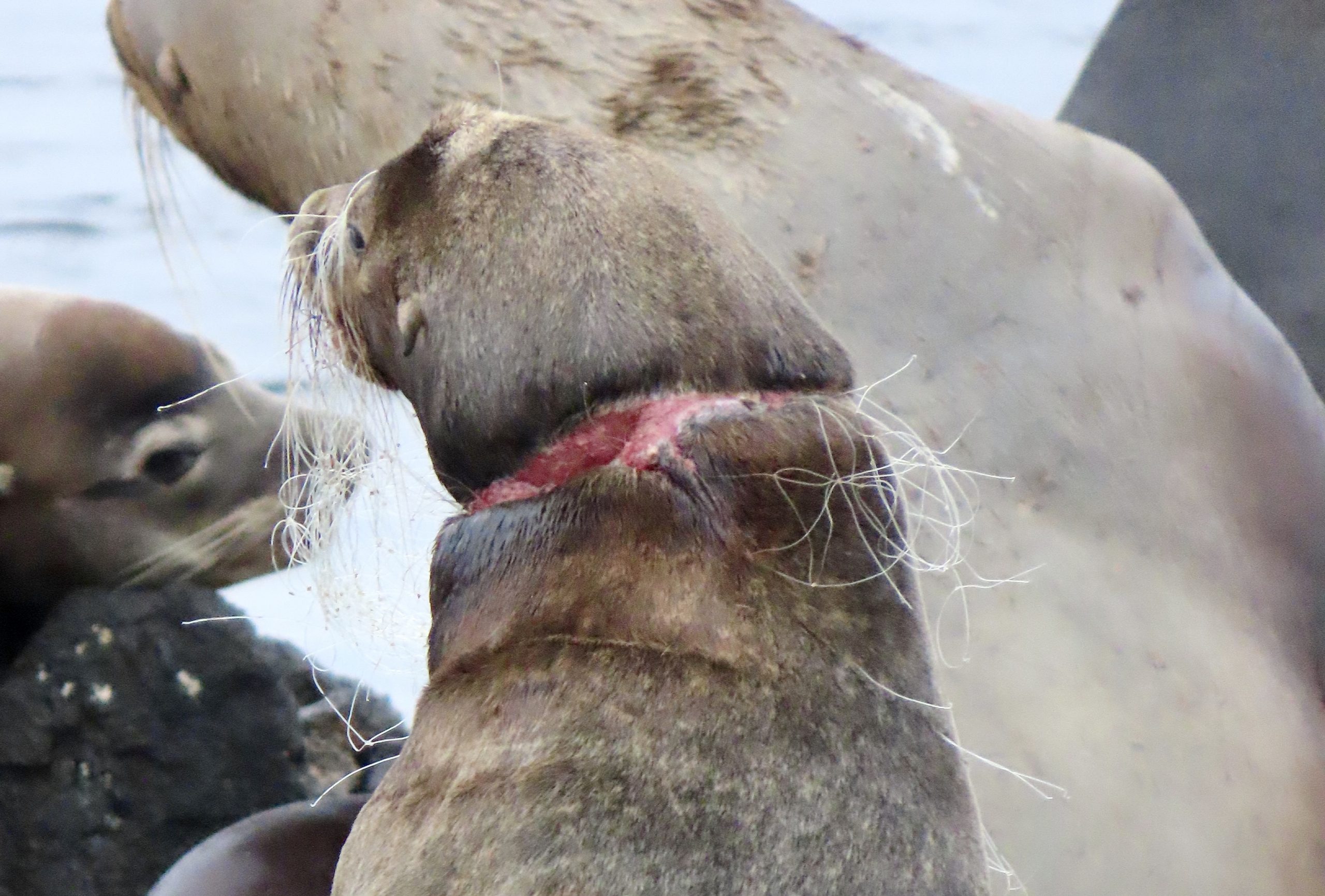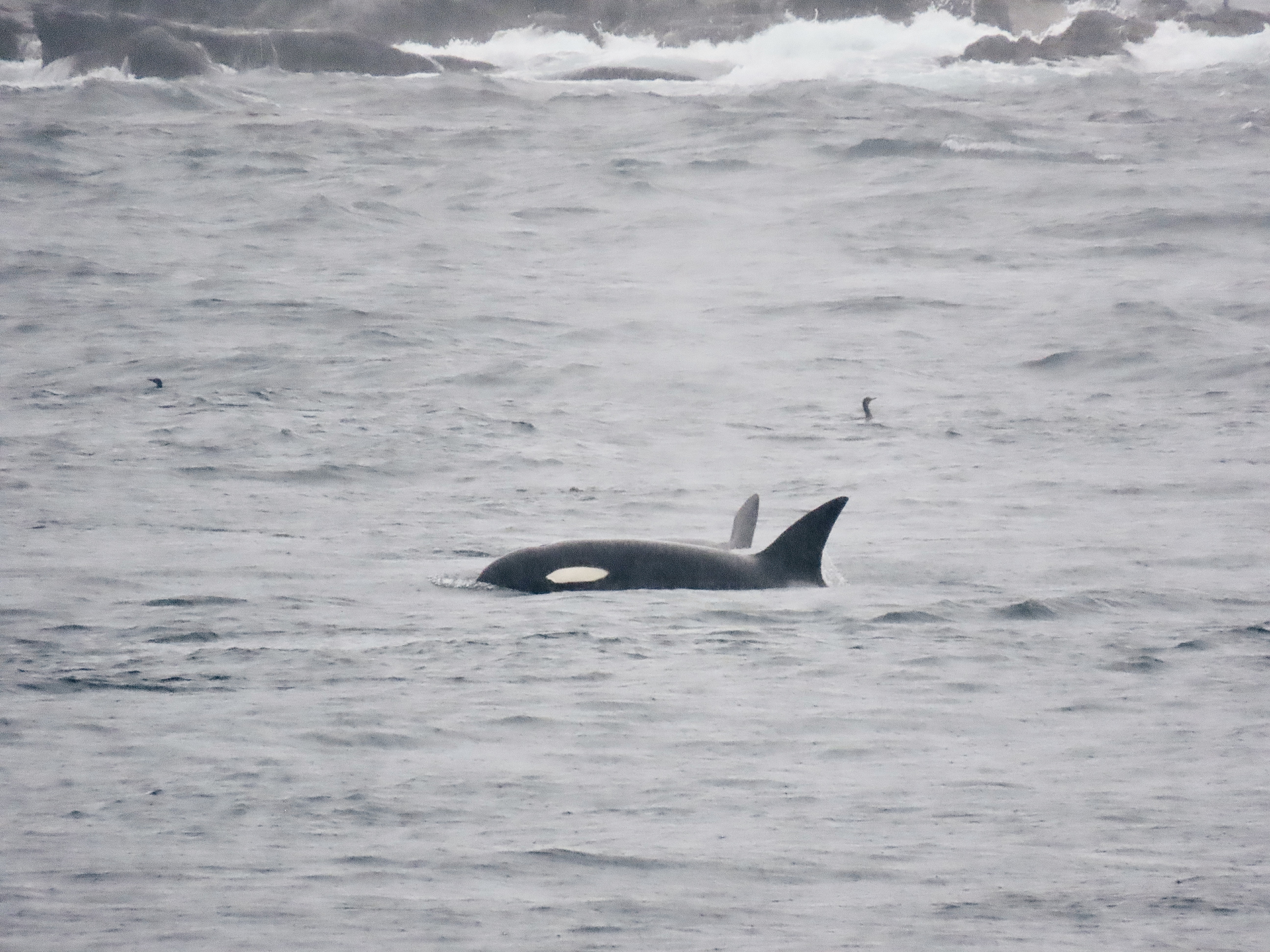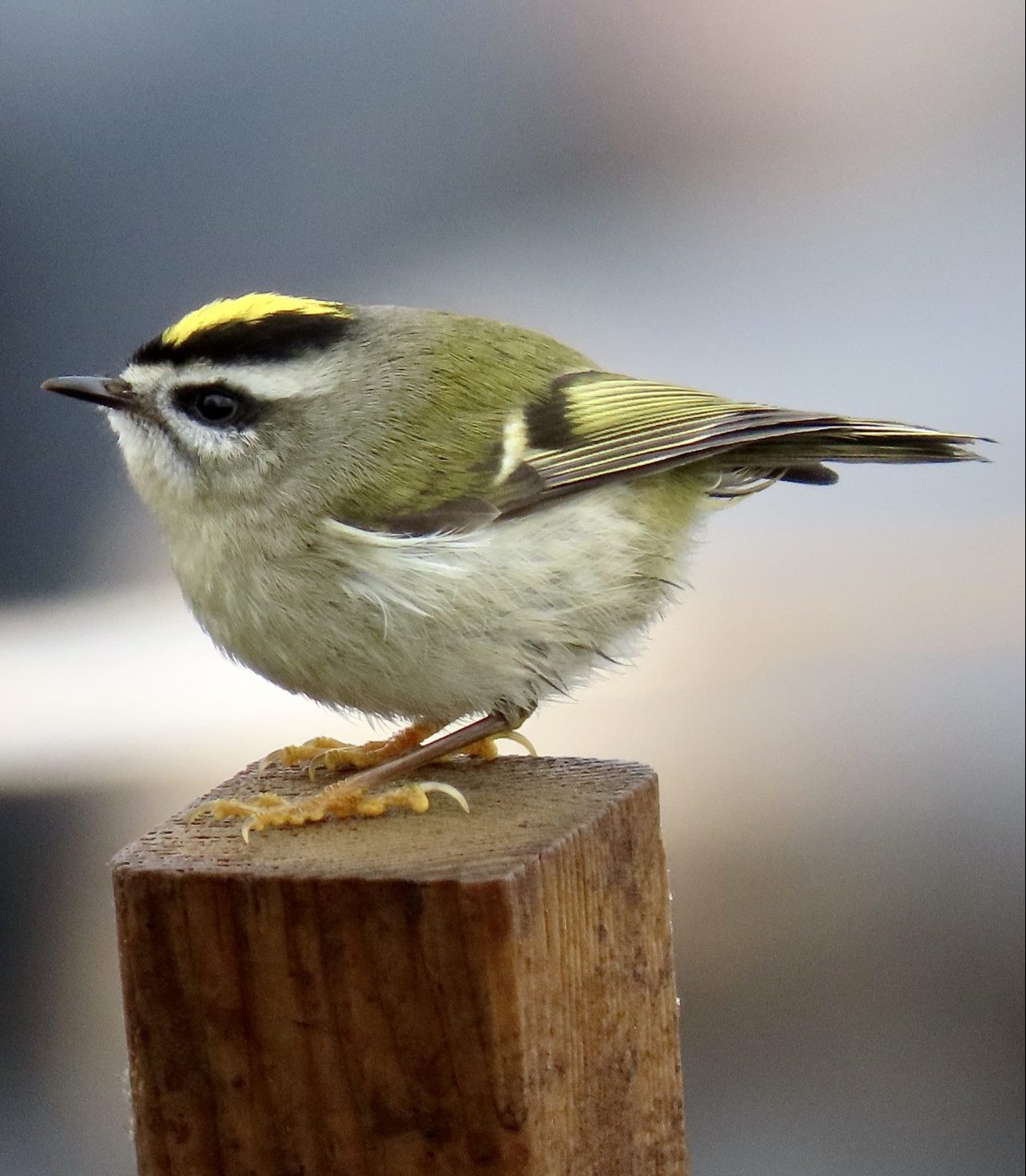| DAILY SEA SURFACE TEMPERATURE AND SALINITY OBSERVATIONS | |||||
| Institute of Ocean Sciences, North Saanich, B.C., V8L 4B2 | |||||
| Please email monthly to jennifer.jackson@dfo-mpo.gc.ca | |||||
| Station: | RACE ROCKS | ||||
| Observer: | Kendra Luckow | Month: October | |||
| YSI ID: | 15 | Year: 2024 | |||
| YSI | YSI | ||||
| Temp | Sal | ||||
| Day | Time | ºC | ppt | ||
| 1 | 14:00 | 10.4 | 32.8 | ||
| 2 | 13:45 | 10.9 | 32.7 | ||
| 3 | 14:45 | 10.7 | 31.5 | ||
| 4 | 14:00 | 11.1 | 32.6 | ||
| 5 | 15:10 | 10.8 | 32.2 | ||
| 6 | 15:05 | 11.2 | 32.2 | ||
| 7 | 16:00 | 10.8 | 32.8 | ||
| 8 | 16:45 | 10.7 | 31.6 | ||
| 9 | 17:45 | 10.7 | 32.2 | ||
| 10 | 15:15 | 9:36 | 32.90 | ||
| 11 | 14:00 | 10.6 | 33.0 | ||
| 12 | 9:45 | 10.3 | 31.9 | ||
| 13 | 10:00 | 10.3 | 32.8 | ||
| 14 | 11:00 | 10.2 | 32.9 | ||
| 15 | 11:30 | 10.2 | 32.6 | ||
| 16 | 12:30 | 10.1 | 31.4 | ||
| 17 | 13:55 | 10.3 | 32.7 | ||
| 18 | 13:50 | 9.8 | 33.2 | ||
| 19 | n/a | n/a | n/a | n/a due to weather | |
| 20 | 12:00 | 9.7 | 33.3 | ||
| 21 | 15:45 | 9.8 | 31.8 | ||
| 22 | n/a | n/a | n/a | n/a due to weather | |
| 23 | n/a | n/a | n/a | n/a due to weather | |
| 24 | 8:00 | 9.3 | 33.7 | ||
| 25 | 9:50 | 9.4 | 33.4 | ||
| 26 | 11:20 | 9.8 | 32.9 | ||
| 27 | 10:45 | 9.9 | 33.2 | ||
| 28 | 11:00 | 10.0 | 33.2 | ||
| 29 | 11:50 | 10.0 | 32.9 | ||
| 30 | n/a | n/a | n/a | n/a due to weather | |
| 31 | 0.45 | 9.7 | 32.8 | ||
Category Archives: Ecoguardians Log
Last Day!
I don’t think my time here has ever flown quite this fast!
Between visitors, rescue work, whales, and beautiful weather, the past month has gone by in the blink of an eye. It has been incredible and I am forever grateful for the opportunity to be able to work out here.
I know I’ll be back, but until then – here are a few of my favourite moments from October.
- sleeting California sealions
- California Sea luions and Elephant seals coh-habiting
- California Sealion
- Snow bunting
- gull hazing eagle
- humback and gulls
- immature Stellerssealion
** All wildlife photos taken at the furthest distance possible, and may be cropped to improve detail! **
Sea Lion Disentanglement Story
I said there would be more disentanglement photos and information to come, and today is that day.
The following post contains photos of a severely entangled and wounded sea lion so this is your warning to skip this post if you don’t want to see it…but I hope you stay because it has a happy ending.
On Sunday, Oct 20th I spotted a California sea lion with one of the worst entanglements I’ve ever seen. With tears running down my face as I photographed it, I immediately reported it to Fisheries and Oceans Canada (DFO) and the Vancouver Aquarium Marine Mammal Rescue Society (VAMMR).
As I’ve mentioned before, sea lion disentanglements are tricky. You need the weather and tide to be calm, you need all teams to be available on the same day, and you need the entangled animal to stay put until that happens. Sometimes it takes weeks or even longer for this to happen.
This particular animal didn’t have weeks to wait. The monofilament gillnet was wound so tightly around his rostrum (muzzle) that he couldn’t eat. It was wrapped inside and around his mouth and embedded deeply in his neck. His poor body condition showed that he had been suffering from this entanglement for quite some time.
Within 48 hours of my initial sighting, a plan was in place. A team from VAMMR came out with two teams from DFO, as well as myself and Greg to help this sea lion. The weather was sunny and the ocean was glassy. Perfect conditions and in record timing. Best of all, our entangled lion was still on his rock.
Disentanglements can often be quick – a snip of a packing strap or fishing line, pull it off, tag it, and off they swim – but not this one. The rescue took 75 minutes from sedation to release. Once he was darted with a sedative he entered the water, requiring the teams to remove the entanglement from the boat – making it even harder. The netting was so tight that typical tools couldn’t be used and surgical scissors were required to cut it off.
- GoPro footage from VAMMR
- GoPro footage from VAMMR
- GoPro footage from VAMMR
I’ve worked in the marine mammal rescue field for over 6 years and this response truly left me at a loss for words. It was devastating, harrowing, and relieving all in one. Watching that sea lion swim off and haul out on a nearby rock was incredible and left everyone involved feeling like they were on cloud nine.
Since rescue, I’ve seen the sea lion almost every day on the south side of the main island and I’ve been able to watch him as he recovers. Each day he has been brighter and moved a little more, and yesterday was the first day in a week that I have not seen him. My hope is that he’s gone off to hunt now that he’s feeling better.
- Day of rescue
- Day 1 post rescue
- Day 2 post rescue
- Day 3 post rescue
- Day 4 post rescue
- Day 5 post rescue
I only have a few days left out here so I am crossing my fingers I get to see him one more time.
I am overjoyed with how this response came together and played out. The collaboration between VAMMR, DFO, Pearson College, and BC parks was unmatched and it was such a massive undertaking for this rescue to happen so quickly and it was truly life saving.
As for today…lots of outside tasks done today (none of which beats a disentanglement so I won’t bore you).
Facility Work:
- Fence repair
- Propane transfer/change out
- Algae removal on student house
- Washed windows
Weather:
- Sky: Blue sky and sunny
- Wind: Low of 1 knot, high of 6 knots
- Sea: Calm
- Temperature: Low 7•C, High 11•C
** All wildlife photos taken at the furthest distance possible, and may be cropped to improve detail! **
October 27th Census
Its census day! See below for today’s numbers, sea lions are down significantly but the weather hasn’t been great and I do tend to notice that they take off into the water when the rain picks up!
Mammals:
Steller sea lions: 282
California sea lions: 425
Harbour seals: 36
Killer whales: 7
Humpbacks: too many to count/track!
Birds:
Gulls: 312
Cormorants: 874
Canadian geese: 18
Bald eagles: 6
Turnstones: 36
Whimbrel: 1
Harlequin ducks: 5
Freaky Fish
Good news! The storm didn’t leave us with any damage, and the fence withheld the strong winds with only a few minor repairs needed this morning (I’ve seen the sea lions do much worse).
There have been a few weak/droopy sections of the fence that tend to come down the most often so my dad spent his morning fixing those and testing to ensure the current is running strong all the way through, which it now is!
The wind picked up in the afternoon and the clouds rolled in so our afternoon was quite relaxed inside. At least for a little while until my dad decided to get back to work and clean out the wood stove which is now sparkling and clear.
- Before
- After
- So clear!
I swear he’s going to take my job while I’m not looking if he works any harder!
While working outside today I found the dried up remains of a small dead fish, that I assume a bird must have dropped. Nothing out of the ordinary, that happens all the time, however on closer inspection it had more teeth than I’ve ever seen in a single animal.
My initial thought is that it could be a juvenile lingcod as they have many rows of teeth, but I am still trying to confirm that. I’ve asked around and I’m hoping someone might see this post and be able to enlighten me. Either way, its the stuff nightmares are made of!
Facility Work:
- Repaired fence
- Cleaned wood stove
- Chopped wood
Vessels:
- Ecotourism: 9
Weather:
- Sky: Sun and cloud, overcast in afternoon
- Wind: Low of 2 knots, high of 14 knots, with gusts up to 35 knots
- Sea: Whitecaps in the afternoon
- Temperature: Low 11•C, High 14•C
** All wildlife photos taken at the furthest distance possible, and may be cropped to improve detail! **
Incoming Wind
Well, the run of nice and windless weather is coming to an end. The predicted wind for tonight is up to 50 knots (90km/hour) so we are battening the hatches!
The last couple days have been beautiful with whales everywhere you look. My dad is now a seasoned pro at electric fence repairs and it so nice (and helpful) to have him here!
We got some work done this morning and are making sure everything is tucked away for tonight’s wind and the rain that is supposed to accompany it. We even had a nice pass from 4 transient killer whales as we worked!
Facility Work:
- Topped up battery electrolytes
- Chopped wood
- Diesel transfer up to the generator
- Electric fence repair
Eco vessels: 8
Weather:
- Sky: Overcast
- Wind: Low of 3 knots, high of 25 knots, with gusts up to 33 knots
- Sea: Whitecaps in the afternoon
- Temperature: Low 5•C, High 11•C
** All wildlife photos taken at the furthest distance possible, and may be cropped to improve detail! **
Time is Flying!
My time here is absolutely flying by!
My dad came to join me this afternoon and I could not be more excited about it. He is the one who taught me how to fish and boat when I was little and would spend hours taking me to the aquarium or to look for whales, so I can’t think of a better place on earth to hang out with him!
He’s now had the full tour and is prepped to help me fix the fence and start wrangling sea lions tomorrow! The humpbacks have put on a great welcome show for him as I’m sure they will continue to do.
The weather has been great the past few days, a little windier this afternoon but still doesn’t feel like October thats for sure!
The fence needed its usual repairs today, and the batteries have been topped up. Thankfully the atmospheric river didn’t do too much damage around here but it did give the solar panels a good clean.
The rain didn’t add much water to the cistern and the sea lions are still keeping the water near the jetty nice and gross but I’m hoping next week we can try filling it up again!
Weather:
- Sky: Blue sky and sunny
- Wind: Low of 3 knots, high of 13 knots, with gusts up to 21 knots
- Sea: Whitecaps in the afternoon
- Temperature: Low 5•C, High 13•C
** All wildlife photos taken at the furthest distance possible, and may be cropped to improve detail! **
Disentangled!
Today was INCREDIBLE.
The weather was warm and sunny, the ocean was glassy, and best of all – the entangled California sea lion is FREE of fishing net.
In less than 48 hours a team comprised of the Vancouver Aquarium Marine Mammal Rescue Society, DFO, and us here at Race Rocks was put together to save this animal.
The weather was perfect, the sea lion was in the same place he’s been since I first saw him on Sunday, and it couldn’t have worked out better.
Photos and video coming soon!
Entangled Sea Lion and Oct 20 Census
*WARNING* Today’s blog post contains photos of a severely entangled sea lion with deep wounds.
Well, if my warning wasn’t an indicator – today has not been the most fun day of animal spotting.
I came across a California sea lion this morning with by far the worst entanglement I’ve ever seen. What appears to be monofilament fishing net has wrapped itself so tight that its caused deep wounds on the back of his neck, as well as the rest of the way around. On top of that, the netting is so tightly wrapped around his muzzle that he doesn’t appear to be able to open his mouth.
Given that my full time job is in marine mammal rescue, seeing entangled animals is not new to me, I see them so often that I sometimes feel immune to how awful it is.
Today I am not immune, I am horrified.
All of the right organizations and people have been contacted and I know that every single one of those people will do everything they can to help him. I just hope he stays put until then.
There is a second entangled sea lion here as well, a Steller with a packing strap around its neck which is bad but thankfully not as severe as the Cali.
Moving on to today’s census….with the weather being so bad this weekend, I’m not surprised the numbers are down from last week!
Mammals:
Steller sea lions: 392
California sea lions: 652
Harbour seals: 41
Tons of humpbacks this week and a few transient orca stopped by the jetty yesterday in the midst of the storm!
Birds:
Gulls: 215
Cormorants: 170
Turnstones: 25
Canadian geese: 23
Oyster catchers: 2
Golden-crowned kinglet: 3
If you’ve made it this far, here is a picture of a cute little bird: See the taxonomy page at https://racerocks.ca/regulus-satrapa-golden-crowned-kinglet/
Vessels:
- Ecotourism: 5
Weather:
- Sky: Cloudy and rainy
- Wind: Low of 3 knots, high of 19 knots, with gusts up to 37 knots
- Sea: Whitecaps in the afternoon
- Temperature: Low 9•C, High 14•C
** All wildlife photos taken at the furthest distance possible, and may be cropped to improve detail! **
Rainy Day Blues
The title of this post is a little misleading as I am in no way feeling blue, but maybe the animals are? Something I’ve noticed is that when the rain starts pouring down, all of the sea lions get up and start making their way down to the water. It doesn’t seem to make much sense, they seem to dislike the rain so they remedy that by fully submerging themselves? I do wonder if they can thermoregulate better in the ocean than they can in the rain, or maybe it’s just a good opportunity to go off an hunt.
Either way, tomorrow’s census will be interesting as the main island is a ghost town right now!
I managed to get my outside tasks completed this morning before the rain started back up to heavily which always feels like a win.
With a category 4 atmospheric river and rainfall warning in effect its safe to say I will be hunkered down inside this weekend, and I have no complaints! My list of books to read is never ending, the fire is crackling, and days like this are the perfect excuse to do some baking.
Weather:
- Sky: Dark clouds, heavy rain
- Wind: Low of 0 knots, high of 13 knots, with gusts up to 24 knots
- Sea: Mostly calm
- Temperature: Low 10•C, High 15•C

